The crested gecko (Correlophus ciliatus) may be small and soft-bodied, but don’t let its size fool you — this arboreal reptile is a climbing powerhouse. Native to the lush rainforests of New Caledonia, this gecko spends its nights navigating slippery leaves and vertical tree trunks, all without ever falling. It's secret? Nature’s version of Velcro… on its feet.

Like the wandering salamander’s blood-powered toe pads, the crested gecko has evolved a highly specialized way of gripping surfaces — but instead of hydraulics, it uses physics at the molecular level.
According to Scientific American, each of the gecko’s toes is covered in millions of tiny hair-like structures called setae. These structures split into even finer tips called spatulae, which interact with surfaces through van der Waals forces — weak electromagnetic interactions that create just enough stickiness to hold the gecko in place, even on smooth glass.
But it’s not a permanent stick. Based on findings from the Journal of the Royal Society Interface, geckos can switch their grip on and off by changing the angle at which their feet contact a surface. This allows them to move seamlessly across walls and ceilings without getting stuck, almost like lifting and placing sticky notes in rapid succession.
To enhance their agility, crested geckos also possess a prehensile tail that acts as a fifth limb. A 2008 study in The Anatomical Record found that the tail can wrap around branches to provide balance and stability during jumps. However, when under threat, these geckos can drop their tails in a defense response known as autotomy, and unlike many other geckos, their tails don’t regenerate, as confirmed by Frontiers in Ecology and Evolution.
Nicknamed the “eyelash gecko,” this species is known for the fringed crests above its eyes, which may help deflect water and debris. However, as noted by PetMD, crested geckos lack eyelids and instead use their tongues to lick their eyes clean — a behavior that’s both adorable and essential for eye health.

As nocturnal creatures, crested geckos also have exceptional night vision. A study published in Eye (Nature) suggests that geckos have eyes up to 350 times more sensitive to light than human eyes, allowing them to hunt and navigate in near-total darkness.
The crested gecko’s climbing ability isn’t just a marvel of nature — it’s also a blueprint for modern tech. Engineers at Stanford University have studied gecko feet to design reusable, residue-free adhesives and even wall-climbing robots. According to a 2014 report from Stanford News, these innovations mimic the gecko’s dry adhesion system and could someday be used in space exploration or medical devices.
From its molecular gripping power to its prehensile tail and built-in night goggles, the crested gecko is a master of life among the leaves. It may not glide like a flying salamander, but its ability to leap, cling, and crawl with scientific precision is turning heads in both science labs and living rooms.

Once thought to be extinct, the crested gecko was rediscovered in 1994 and is now one of the most popular pet reptiles in the world. It’s a tiny, sticky-footed reminder of how much innovation hides in the treetops.




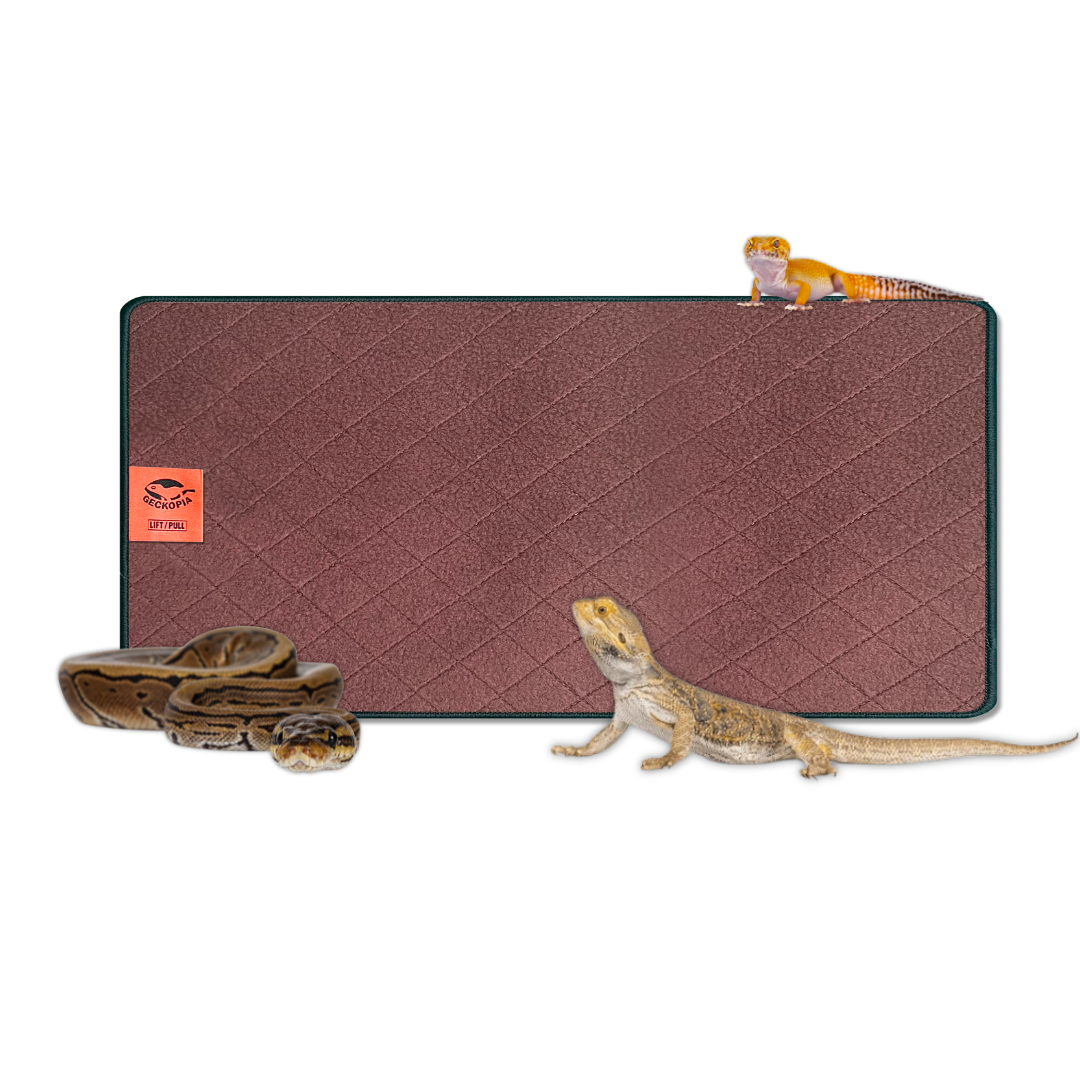



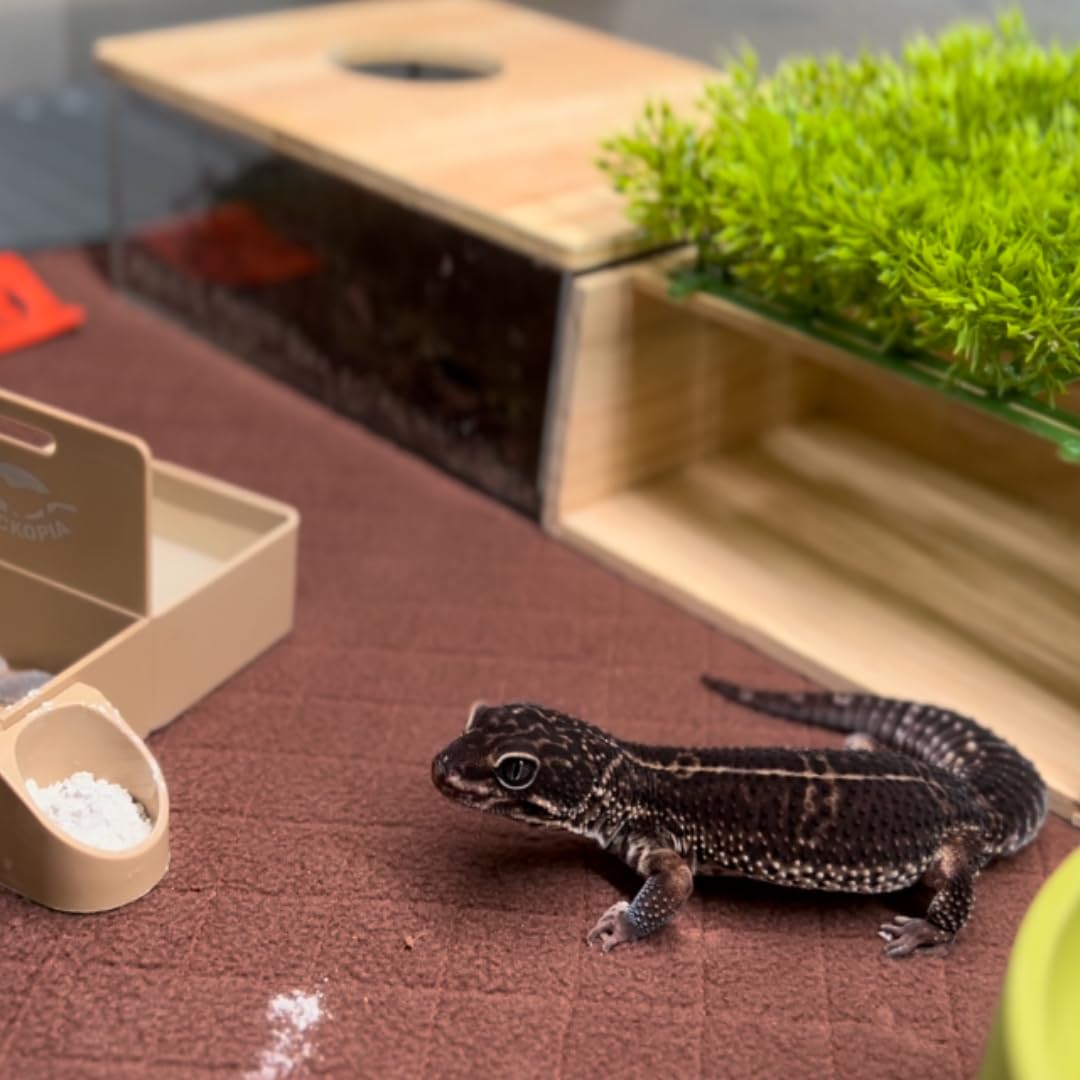

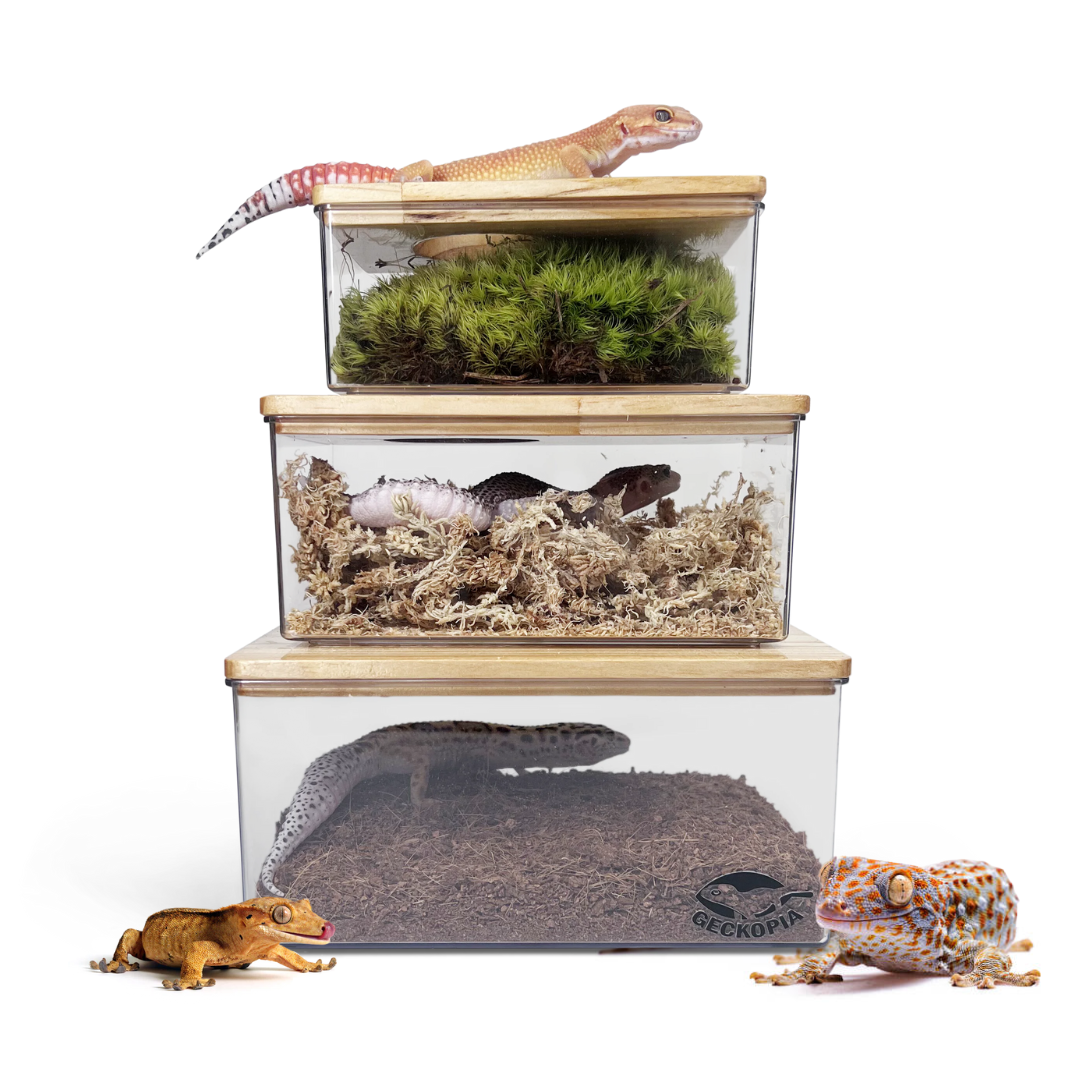

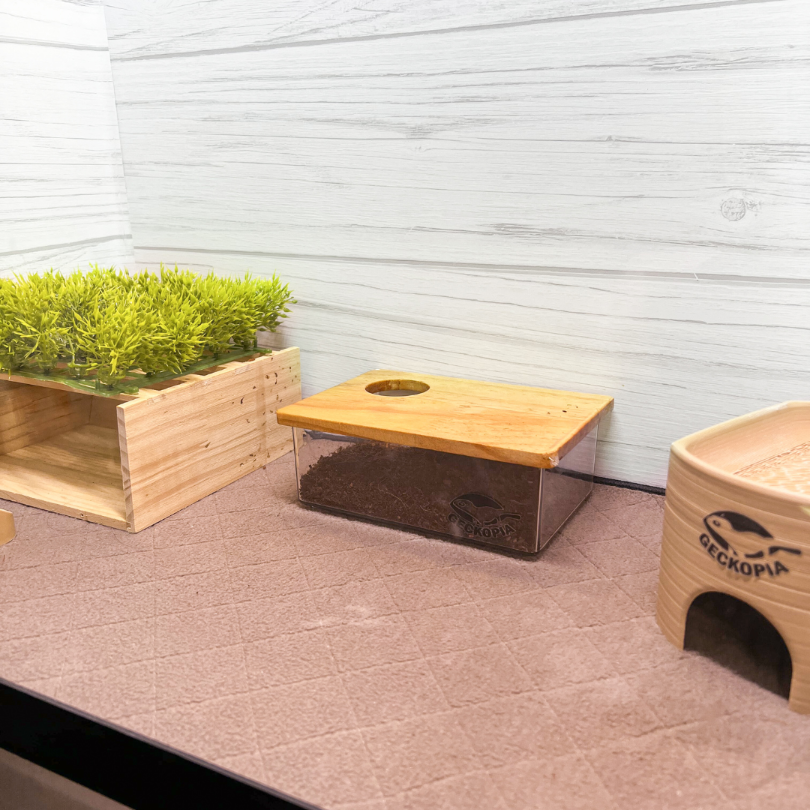
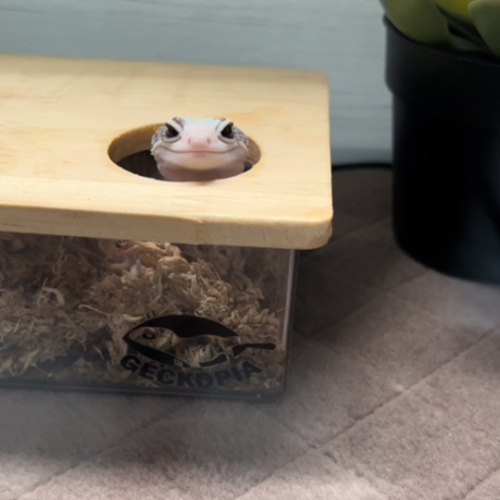



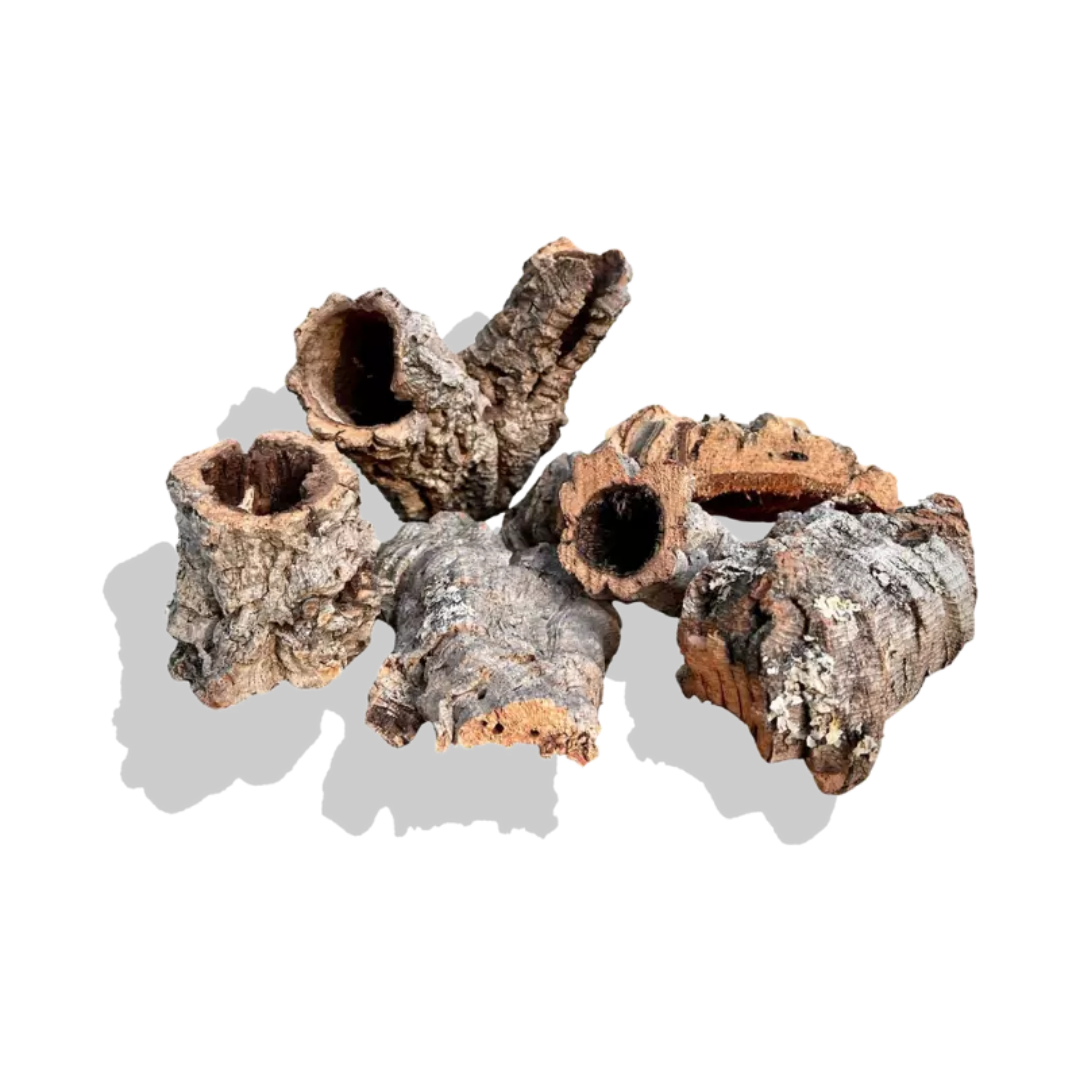
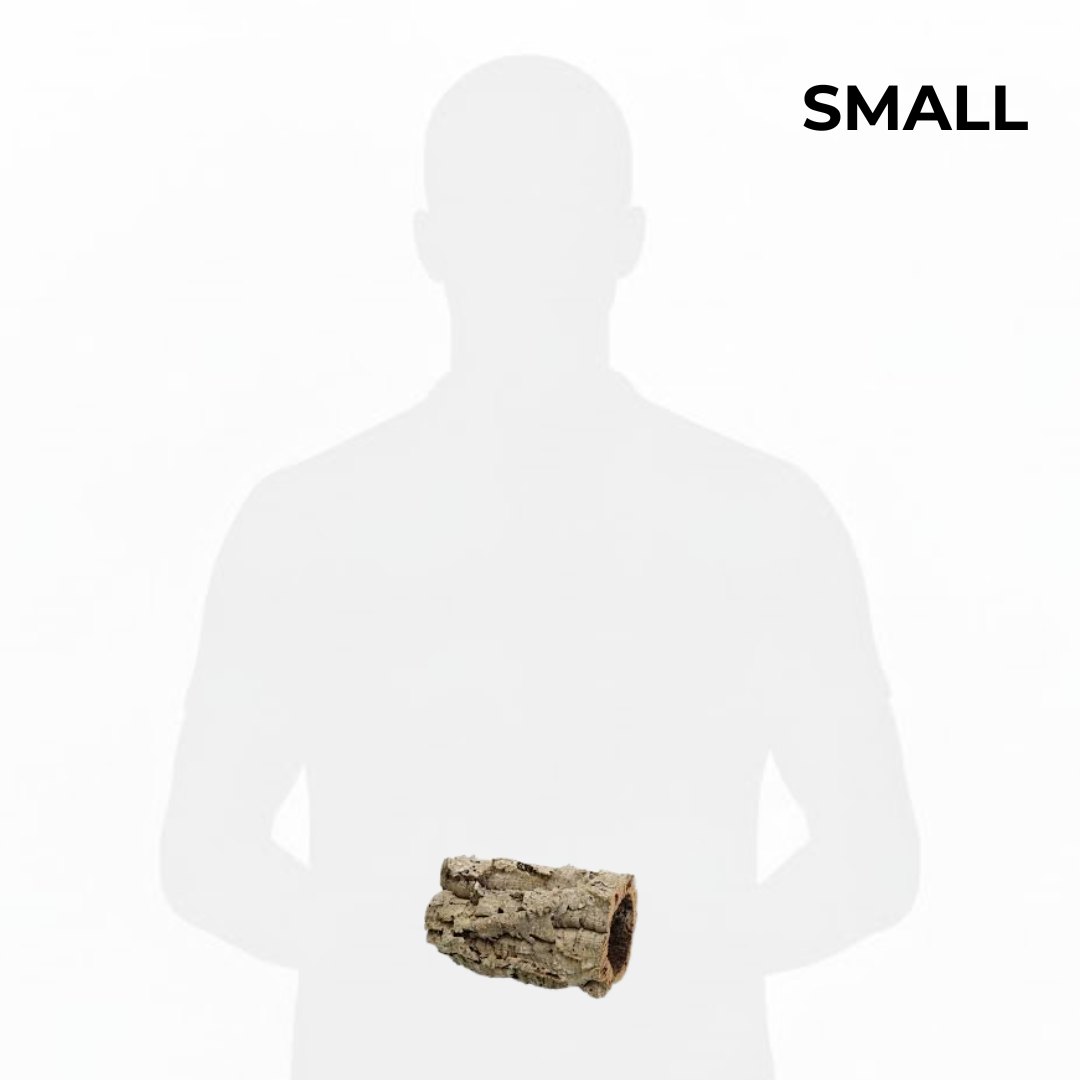
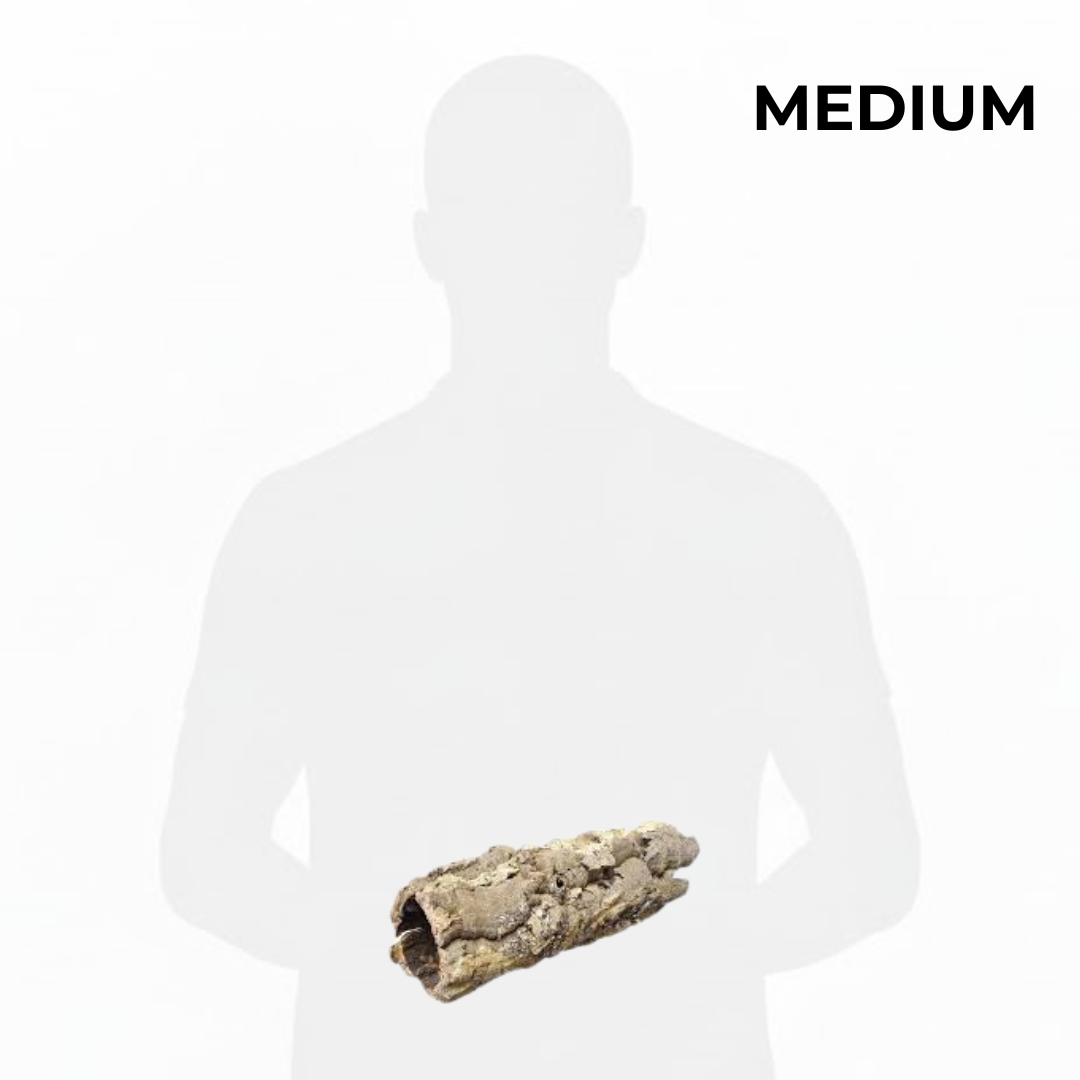
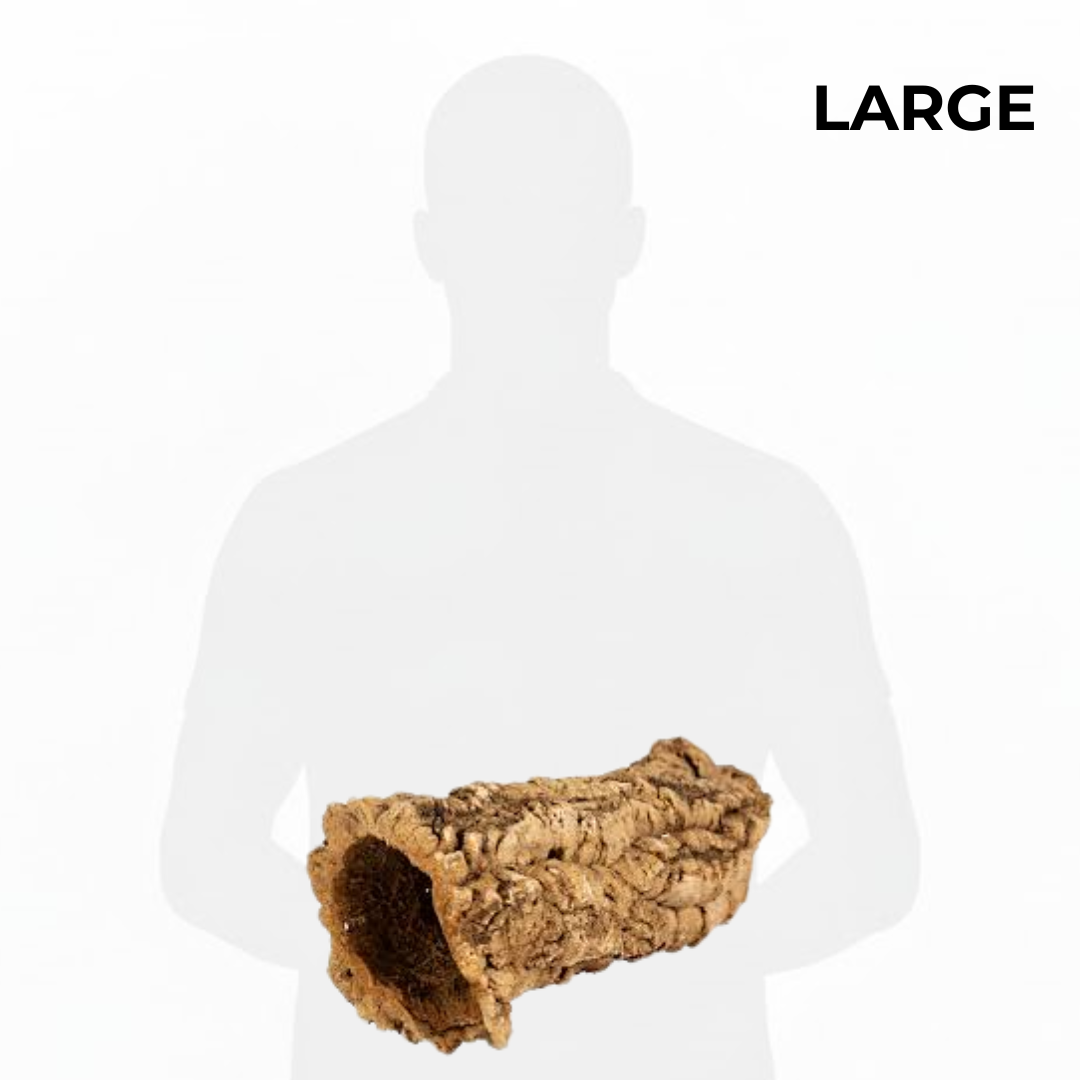
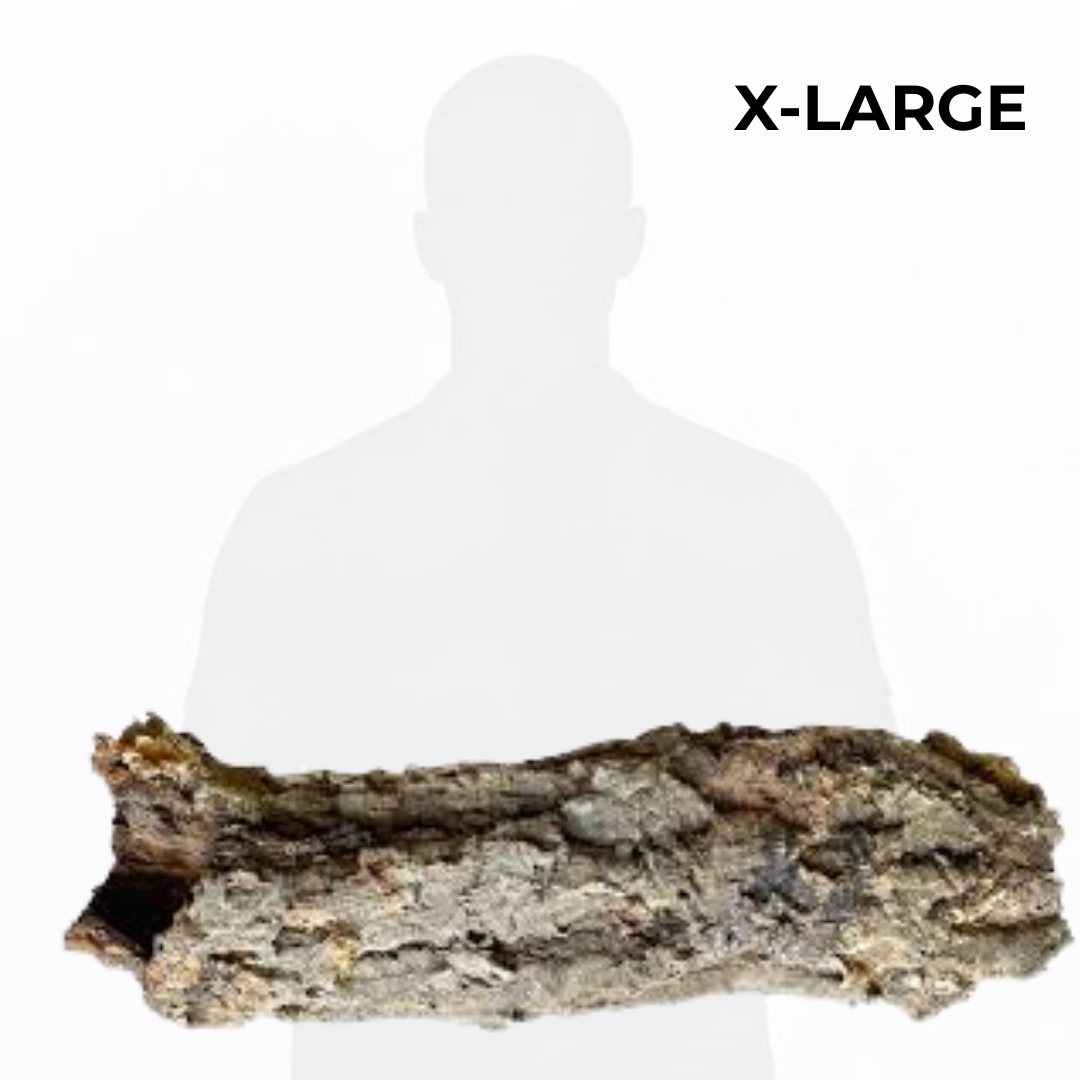
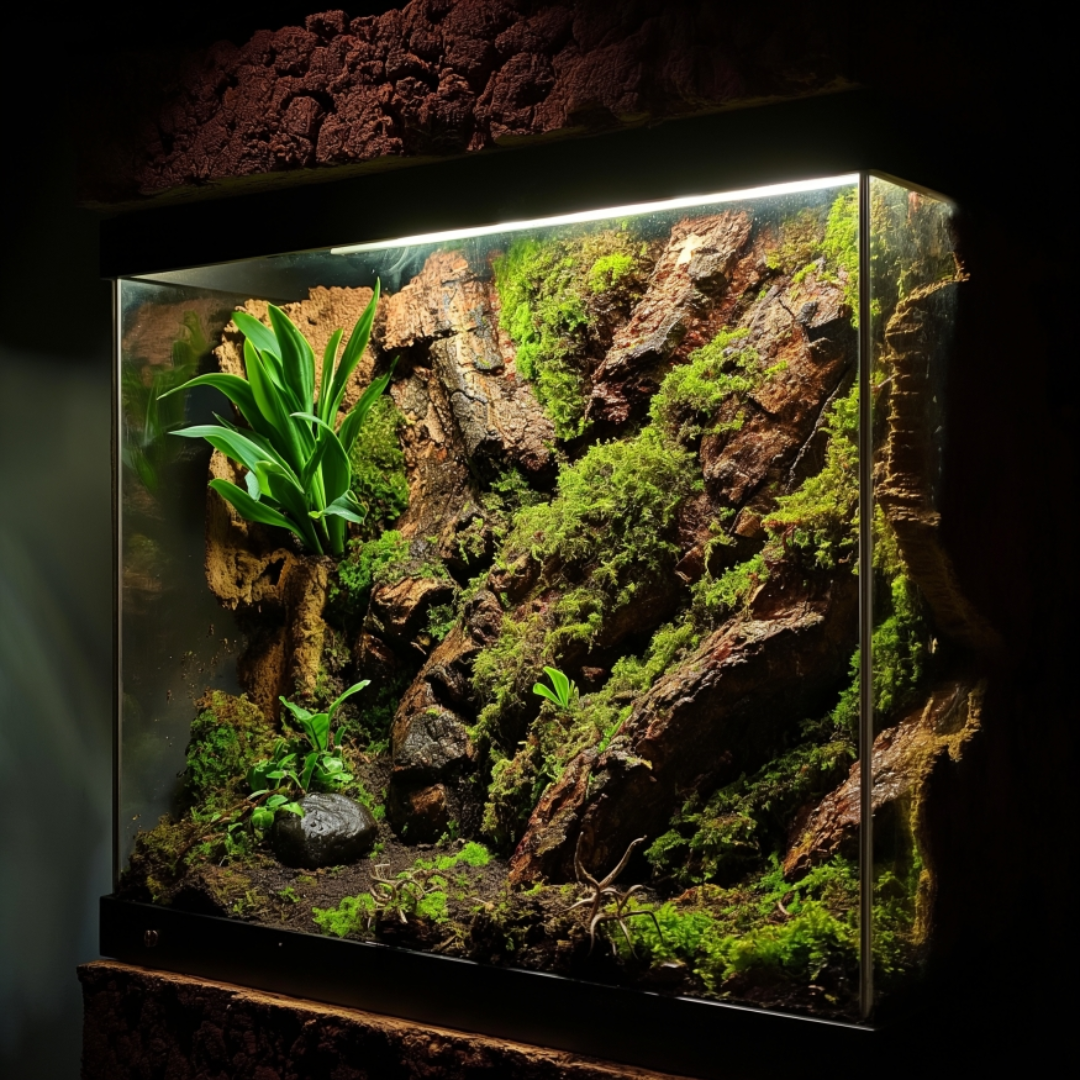
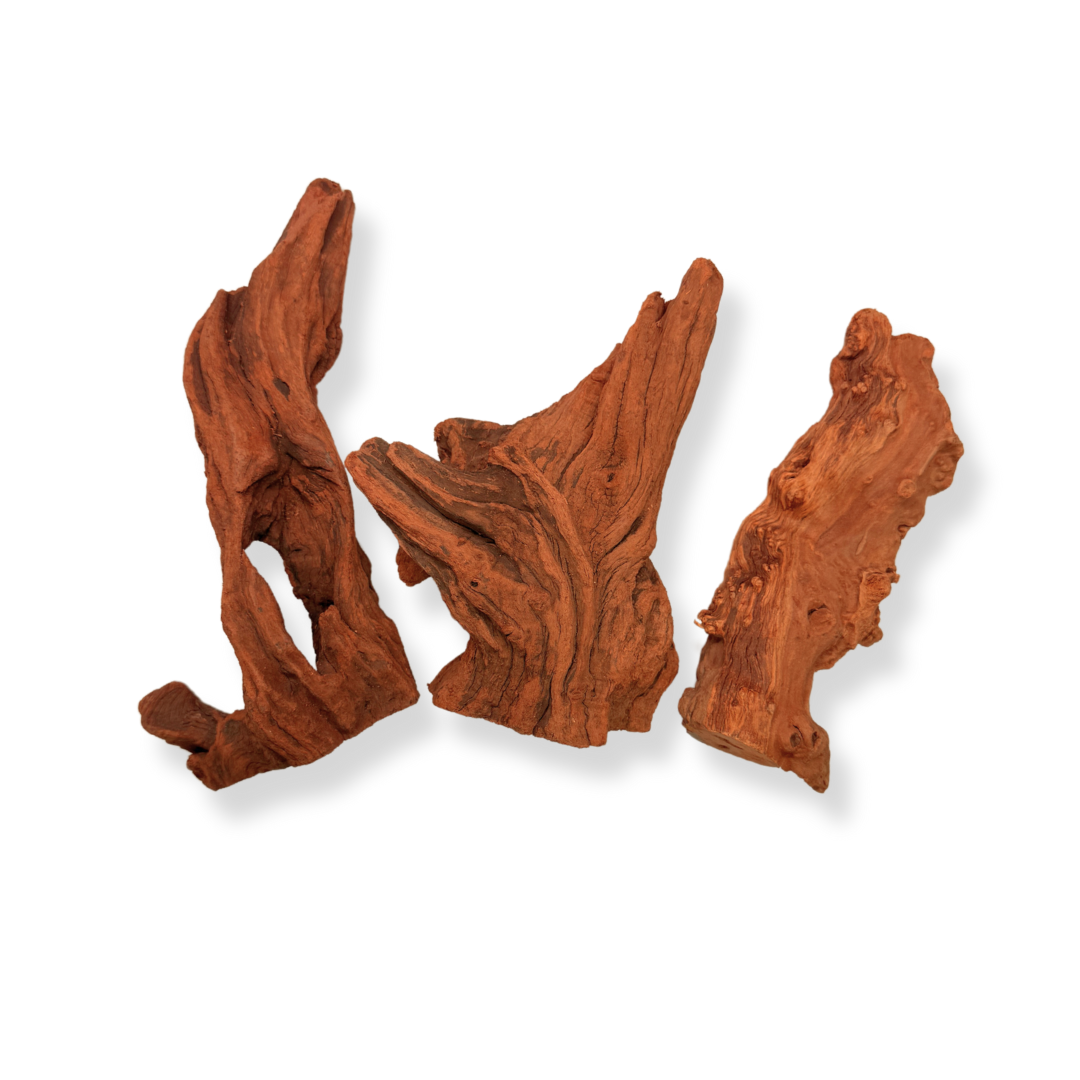
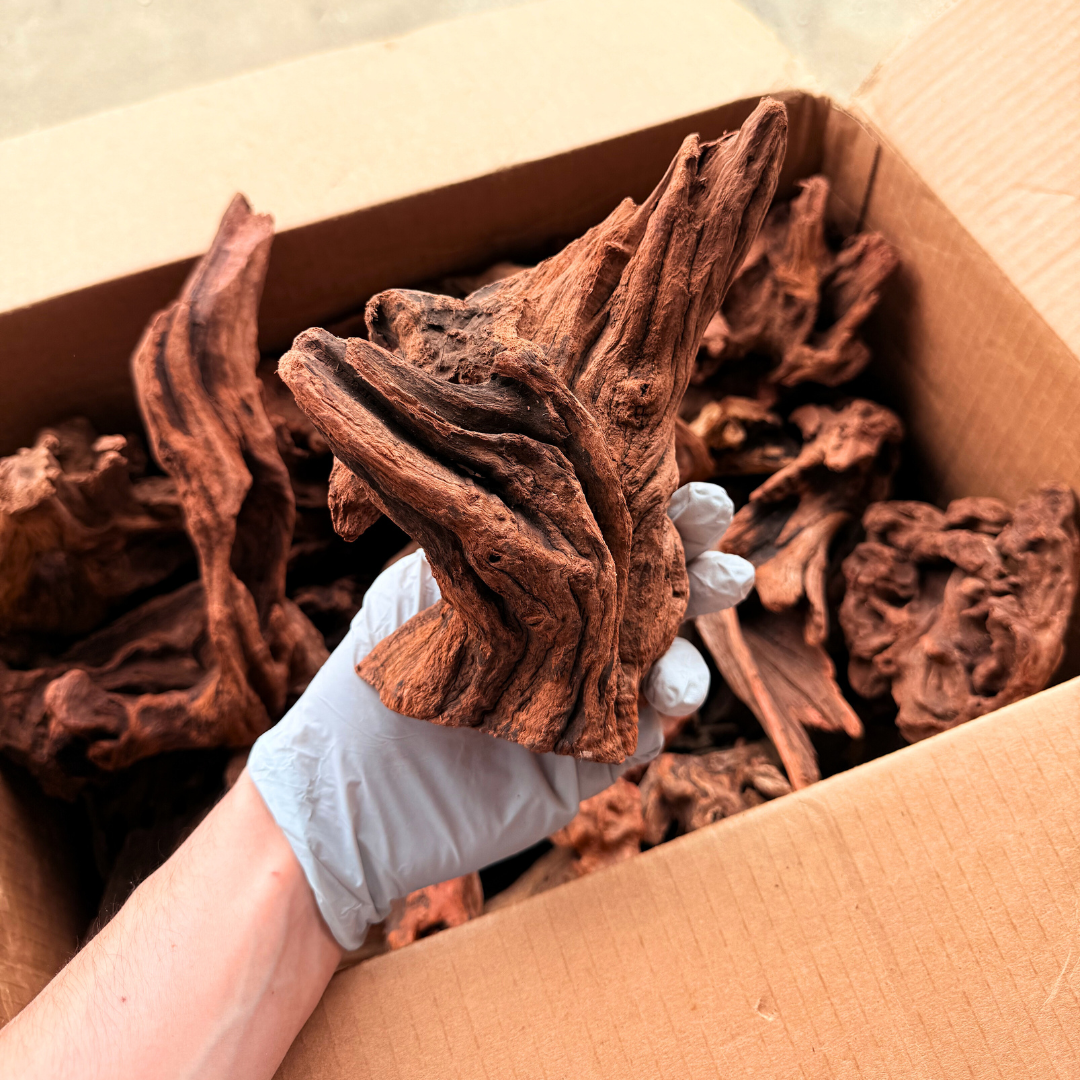






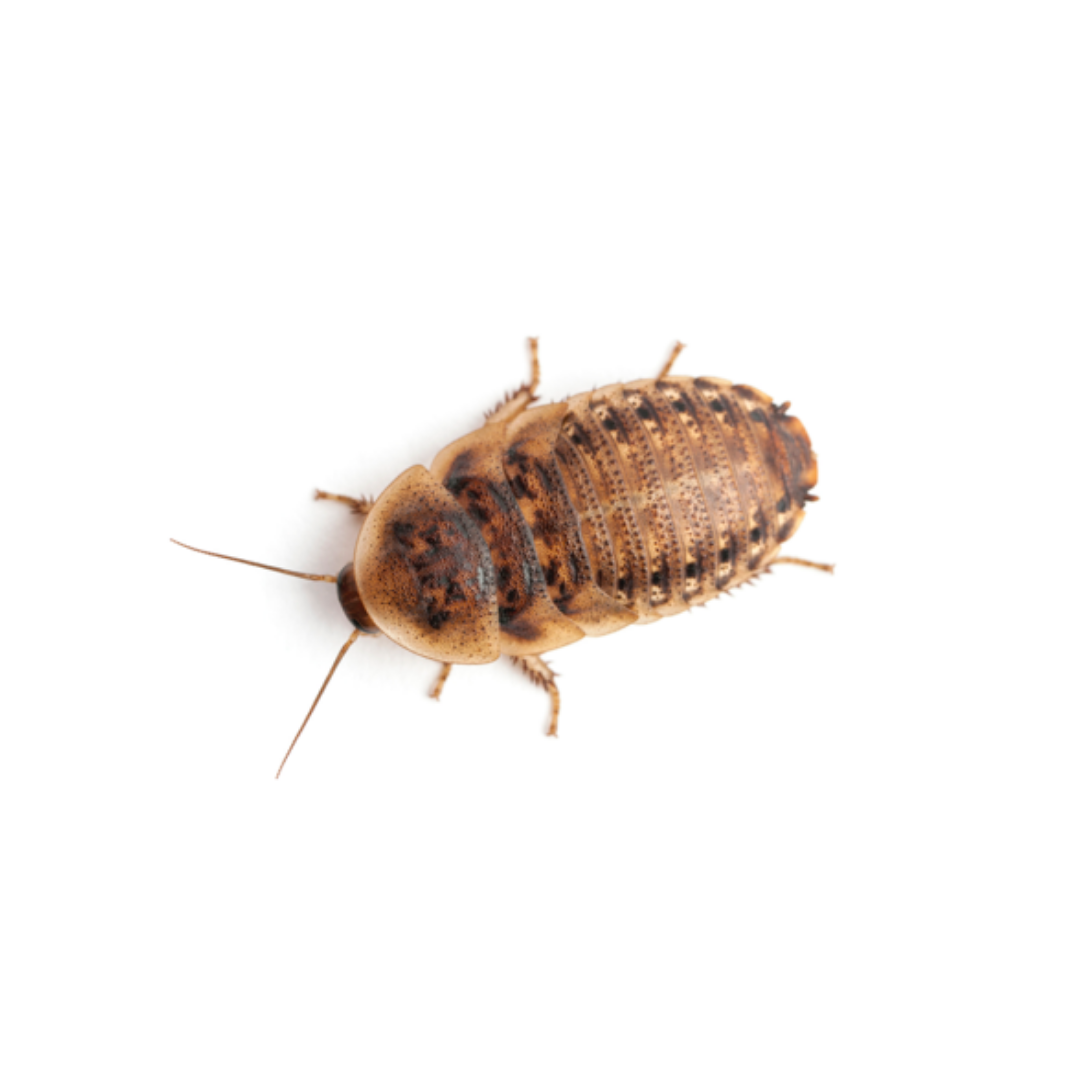



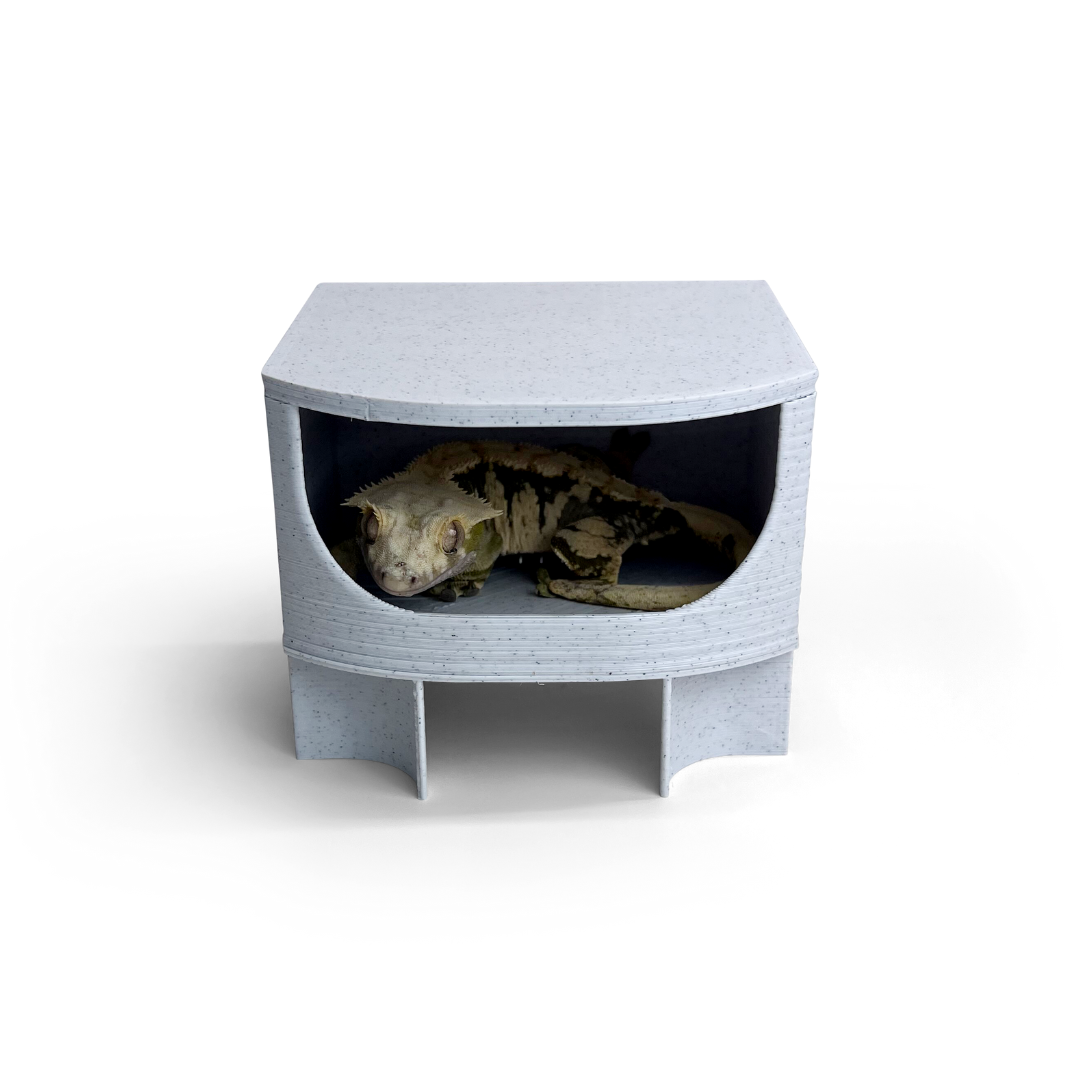
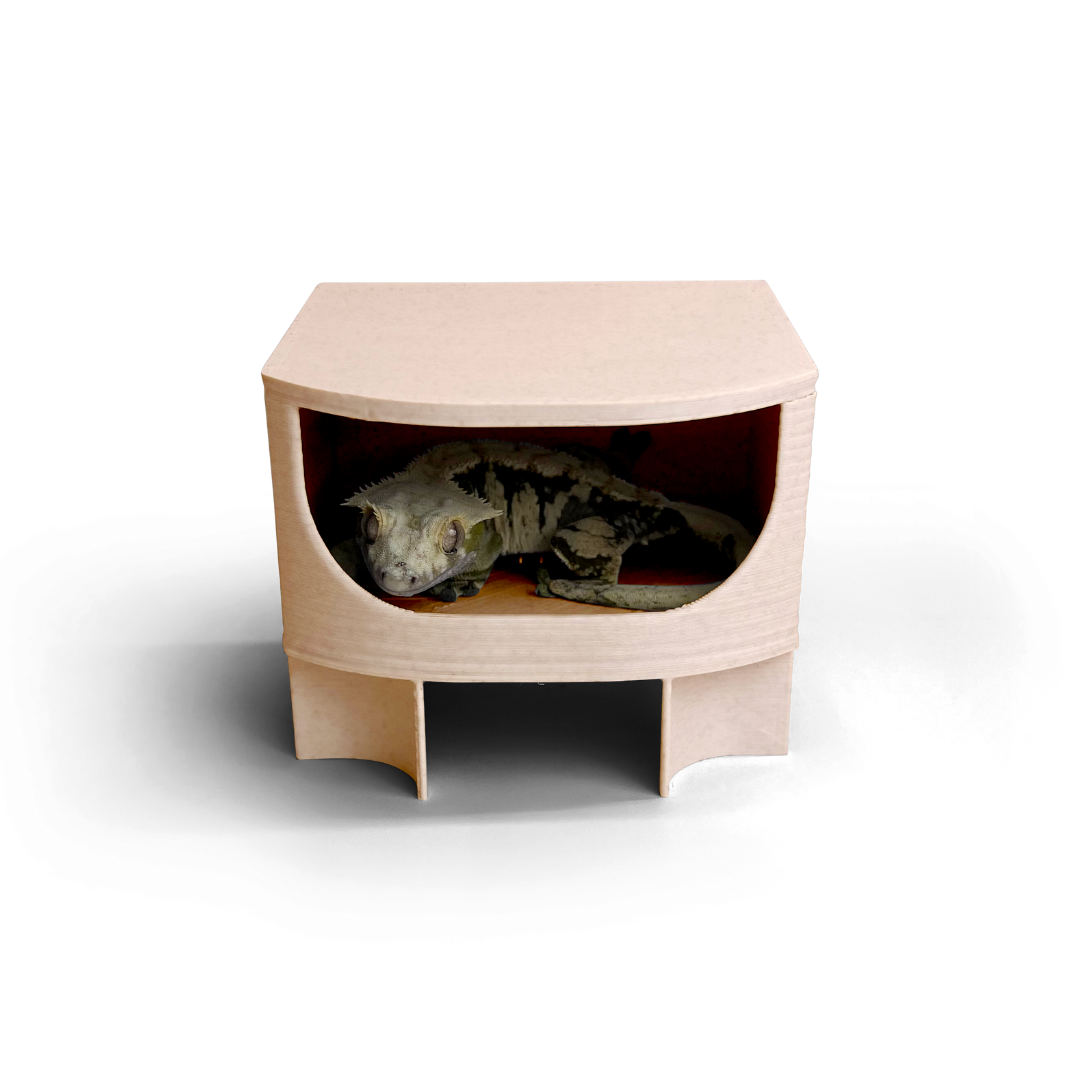
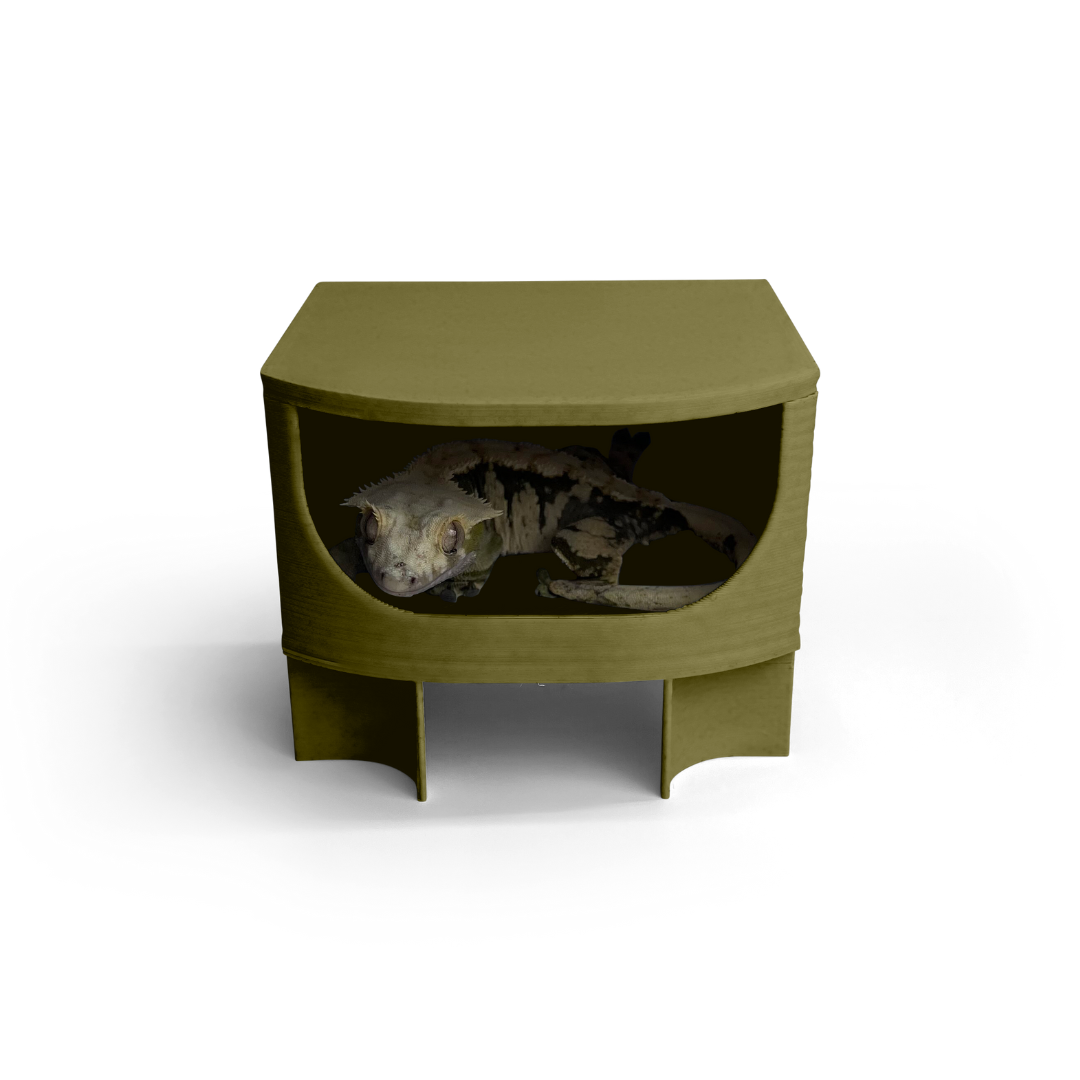
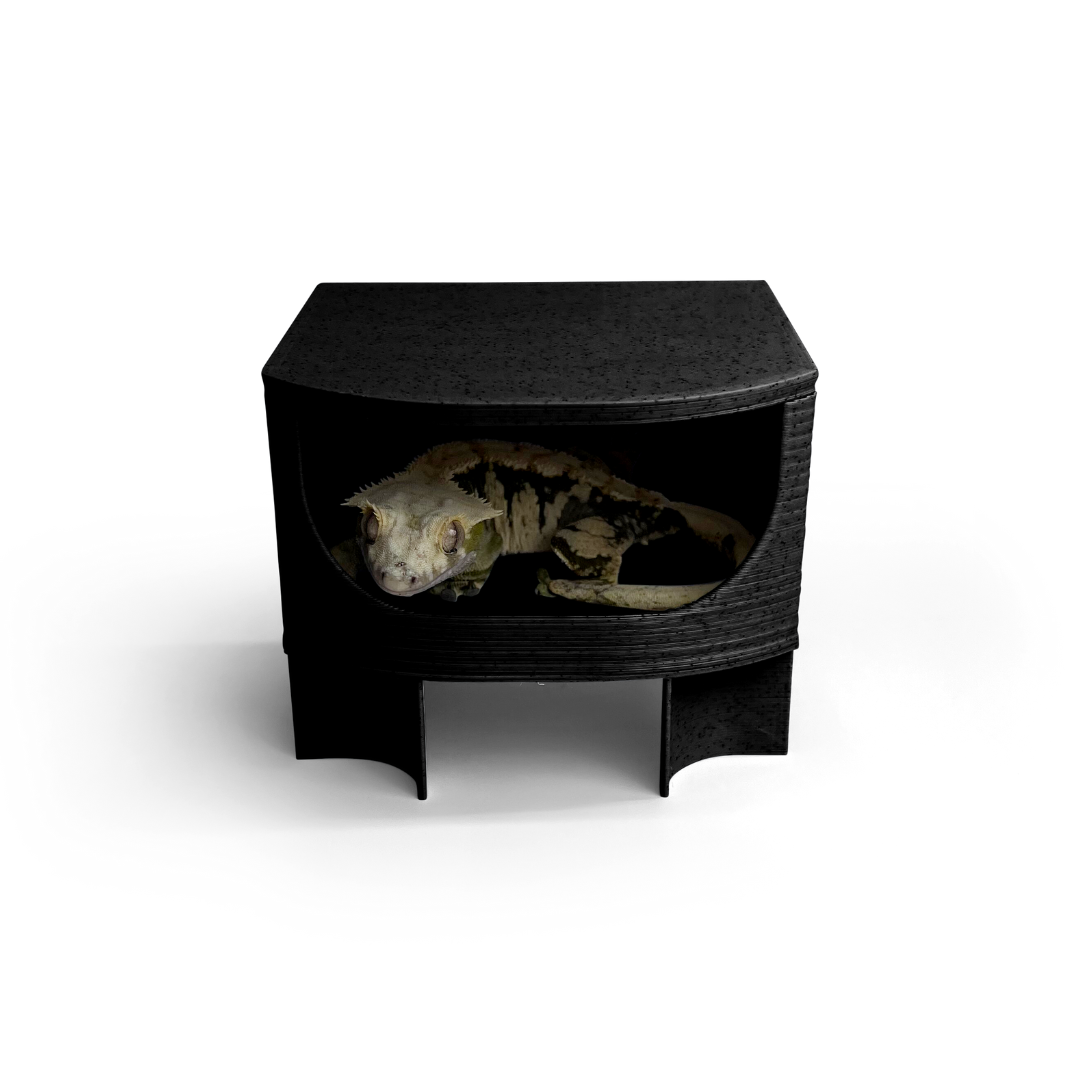
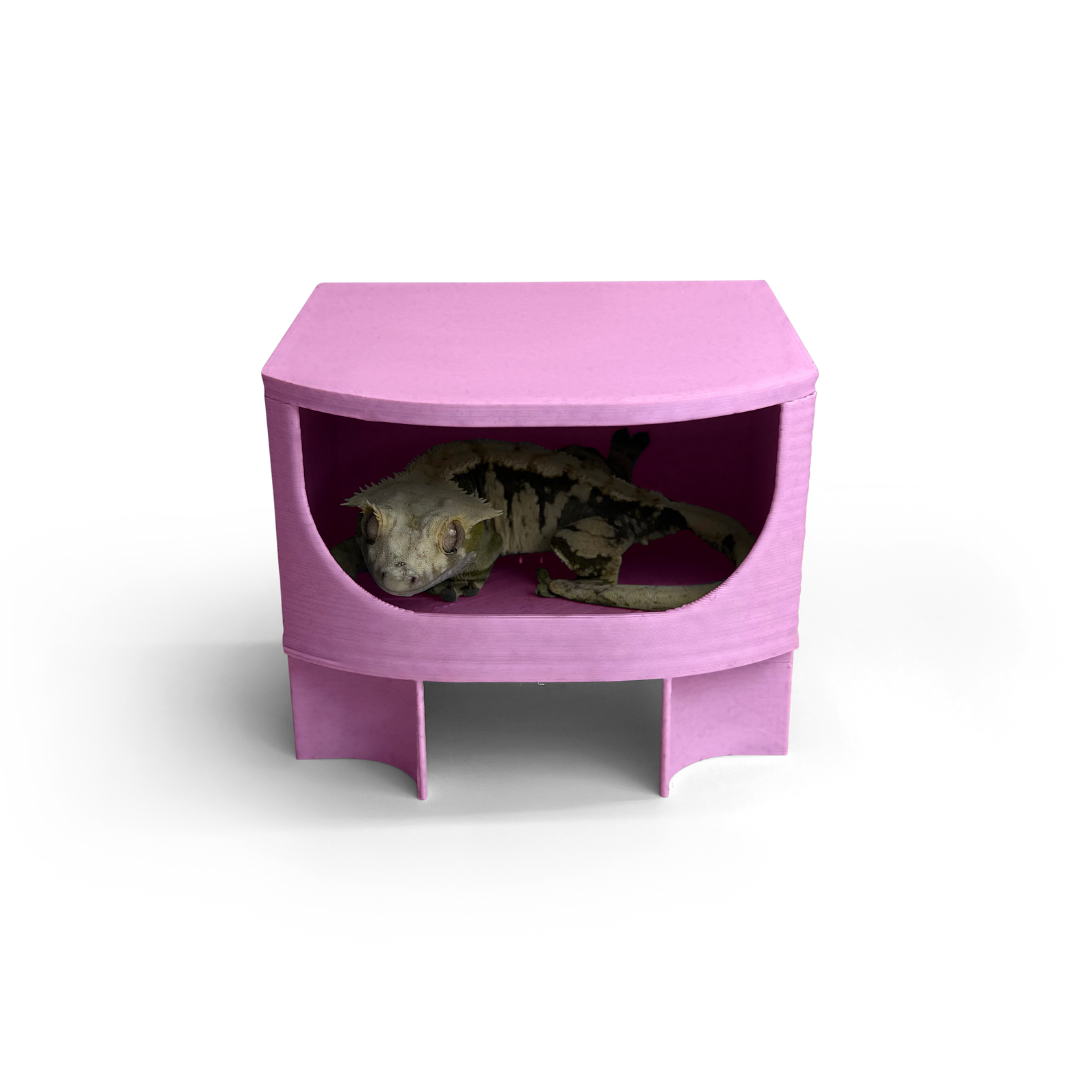
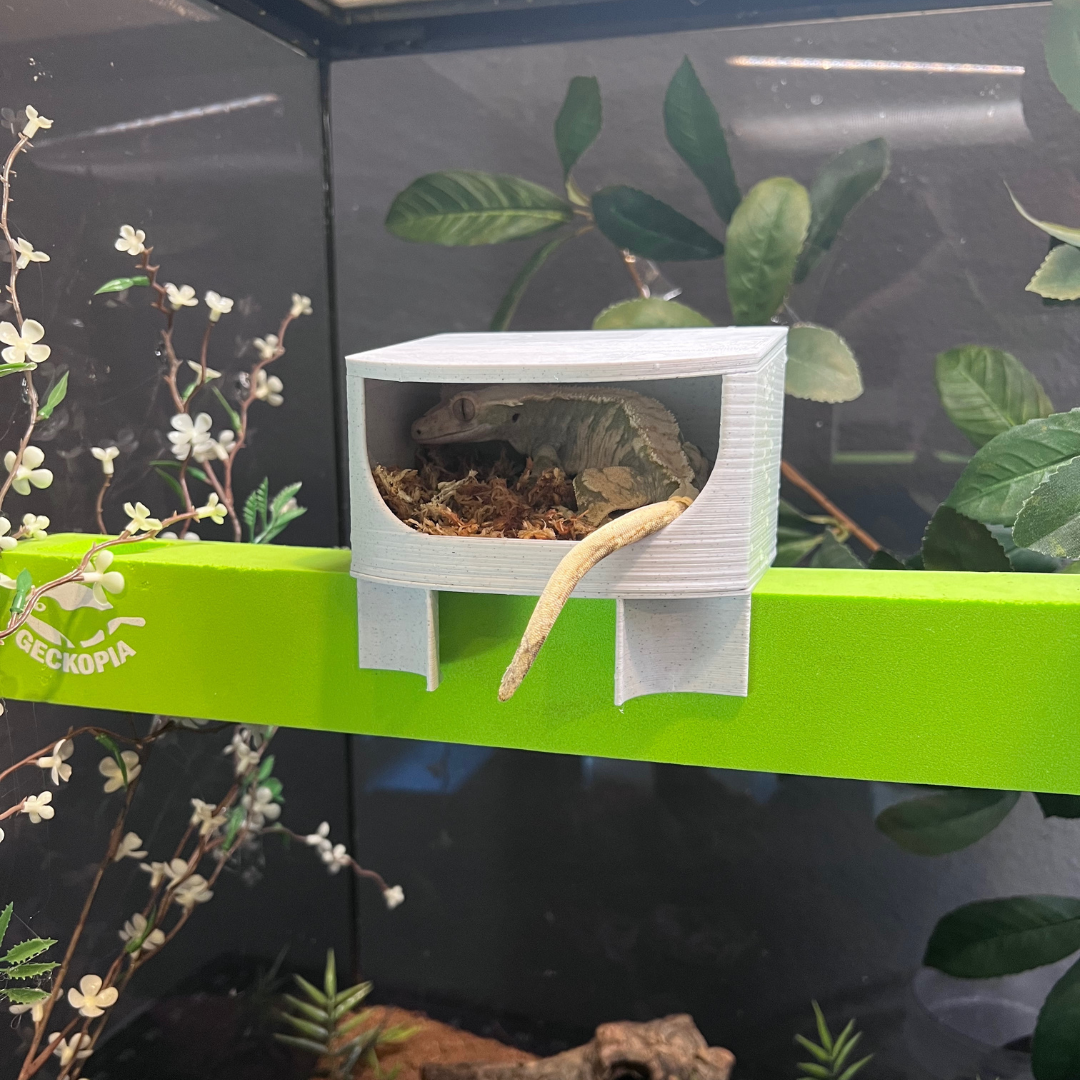

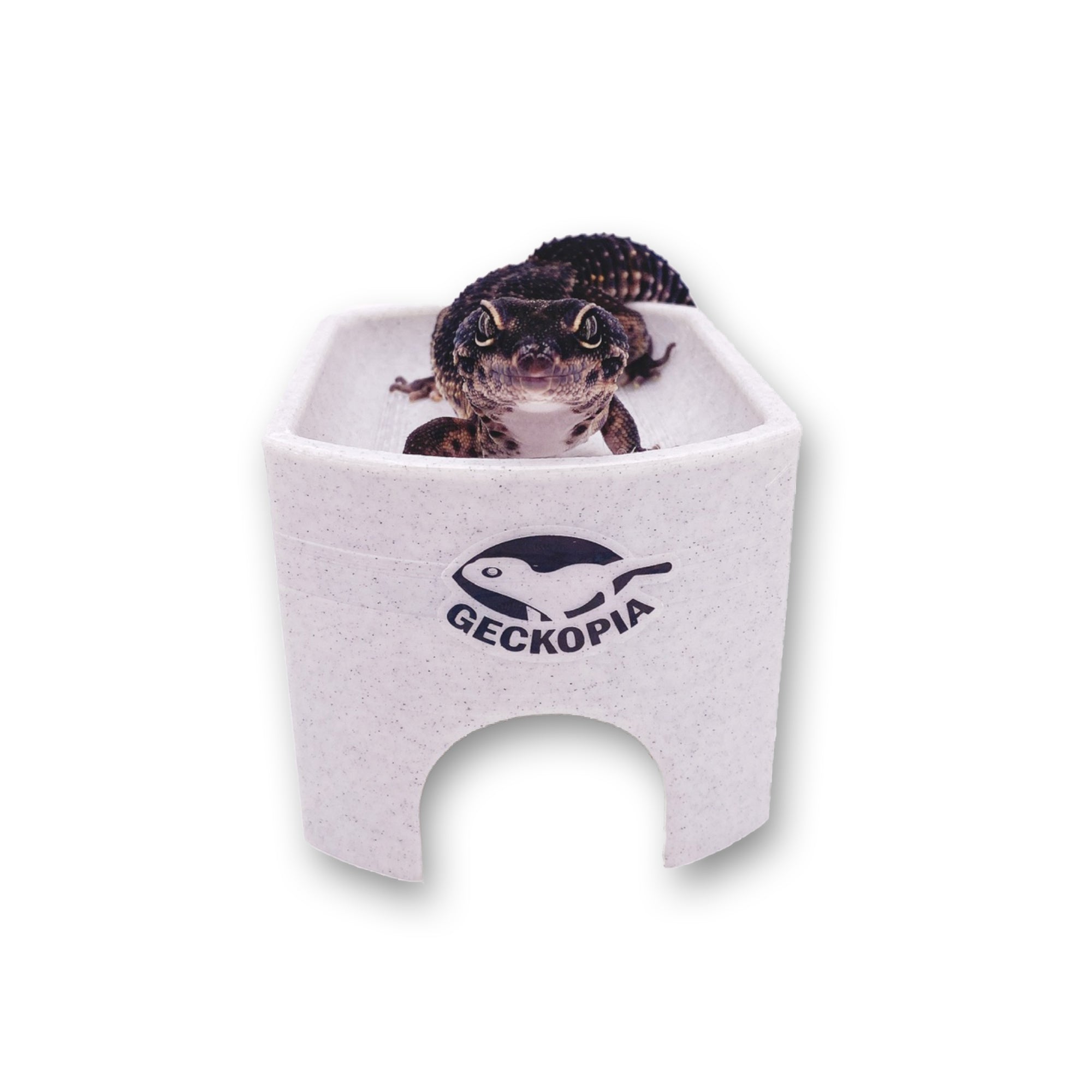
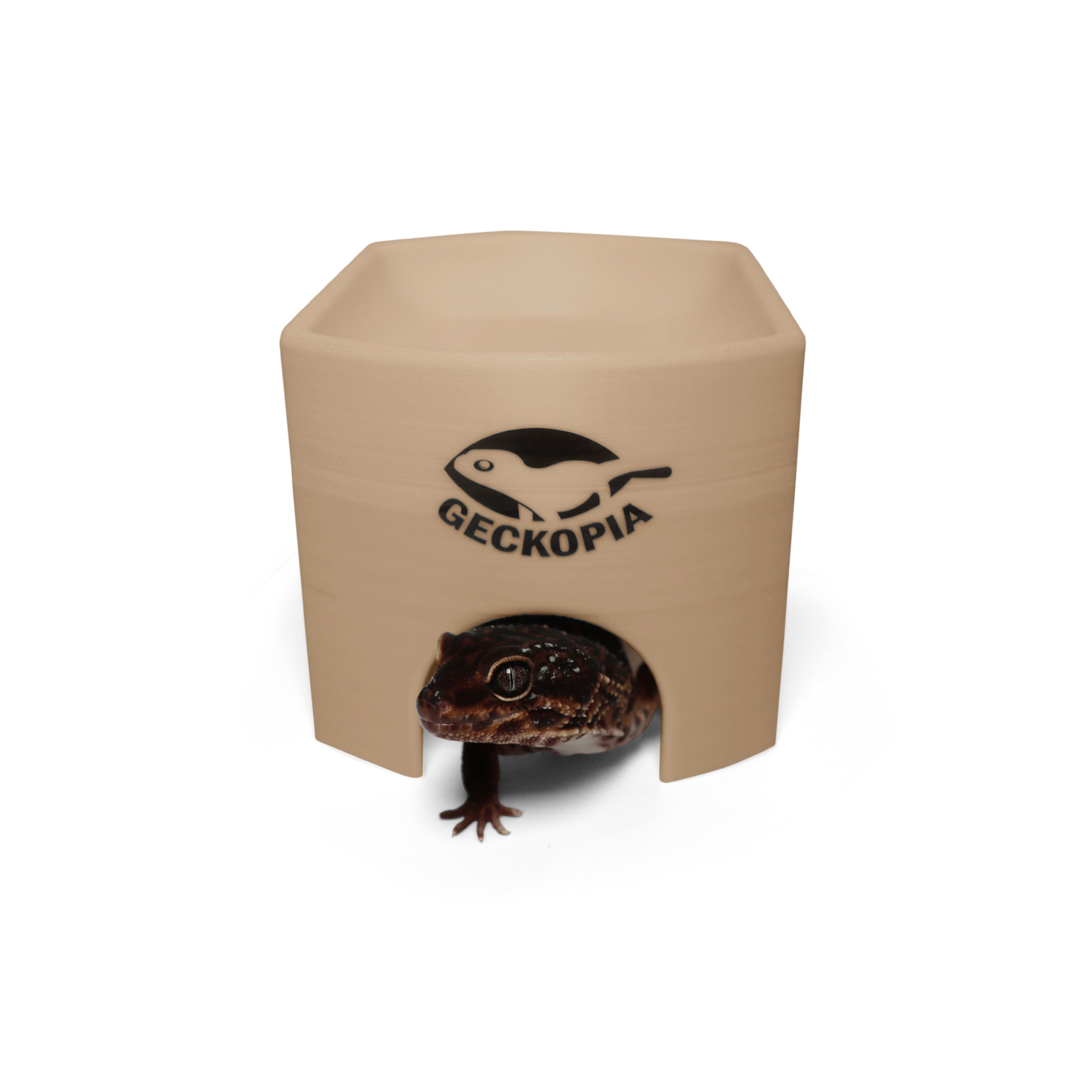
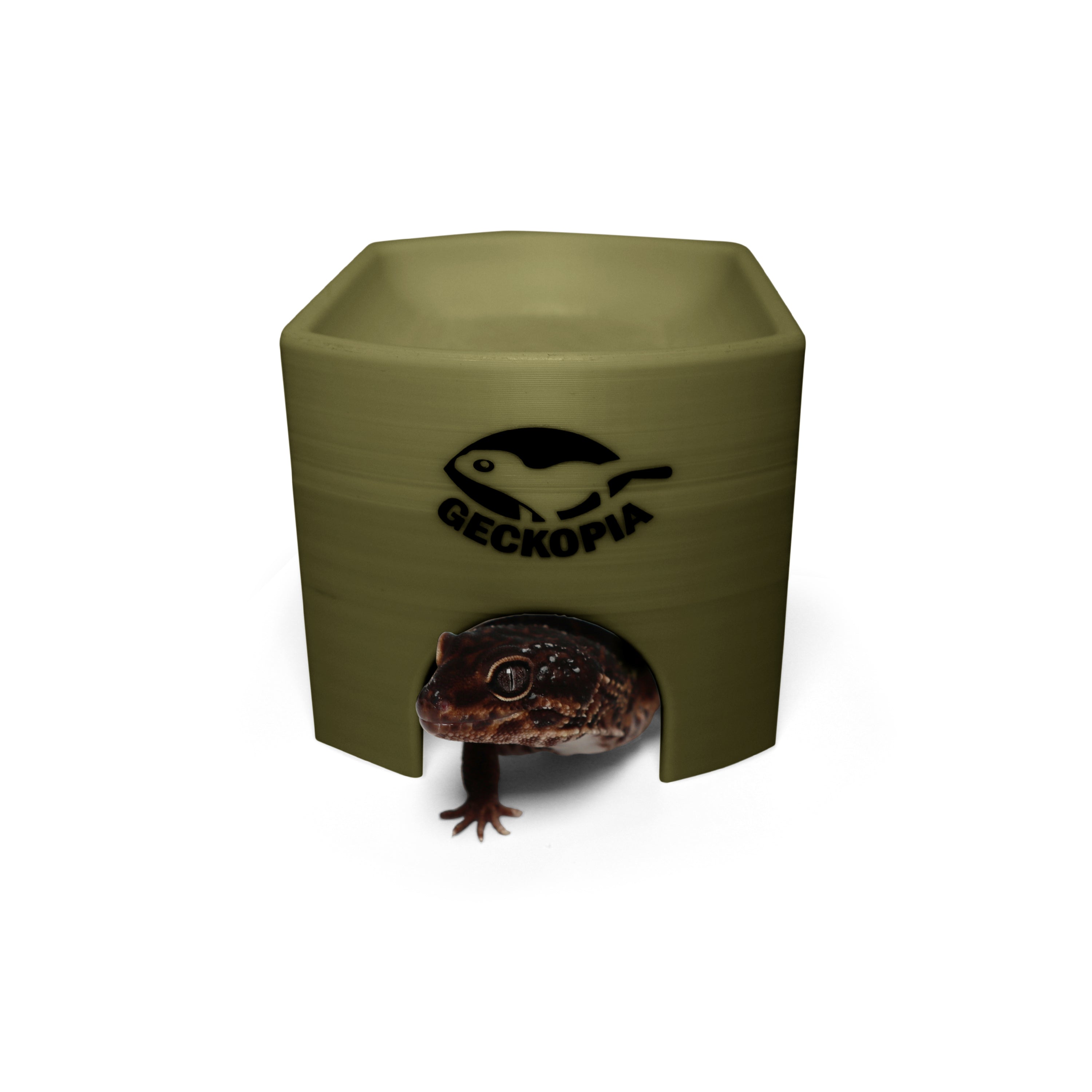

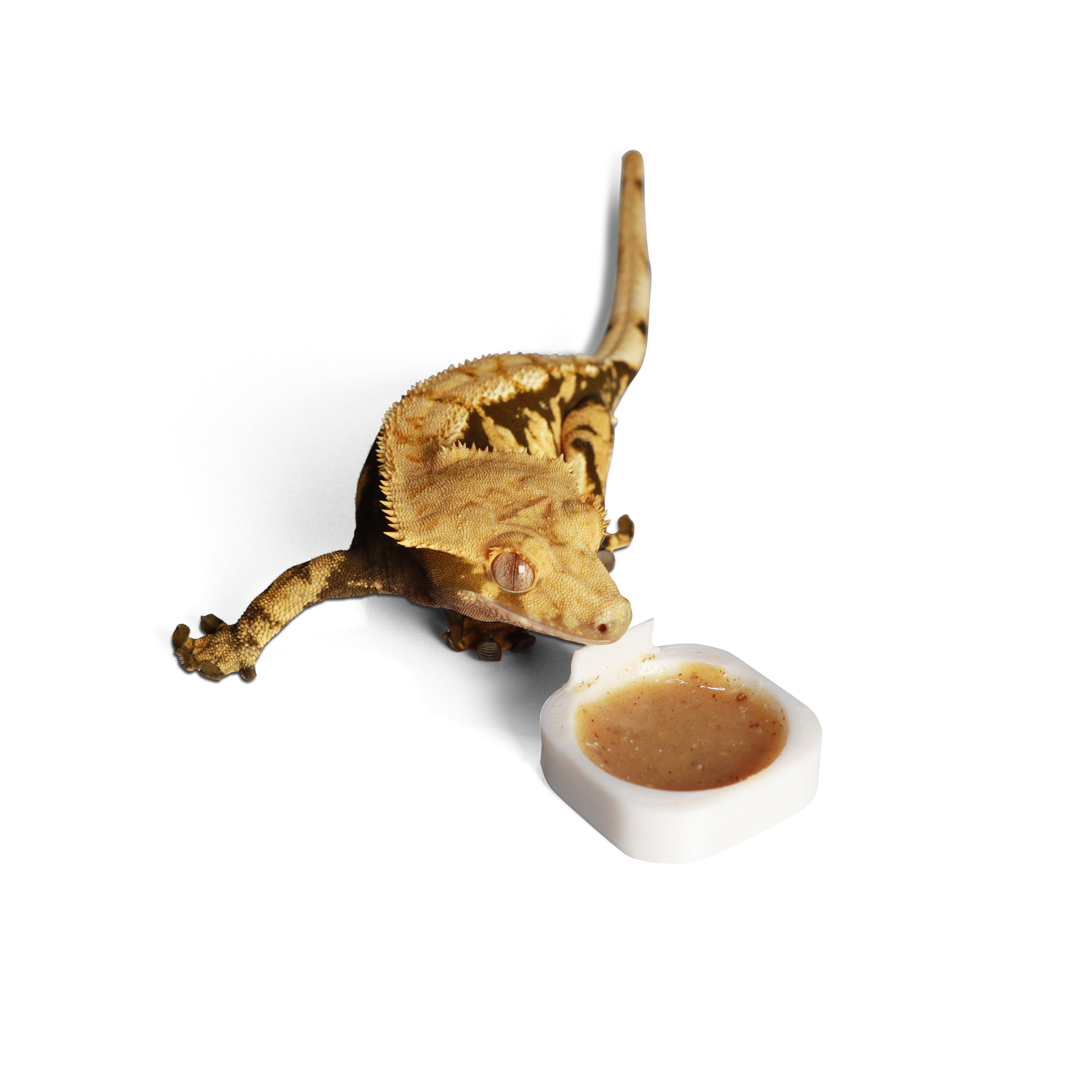
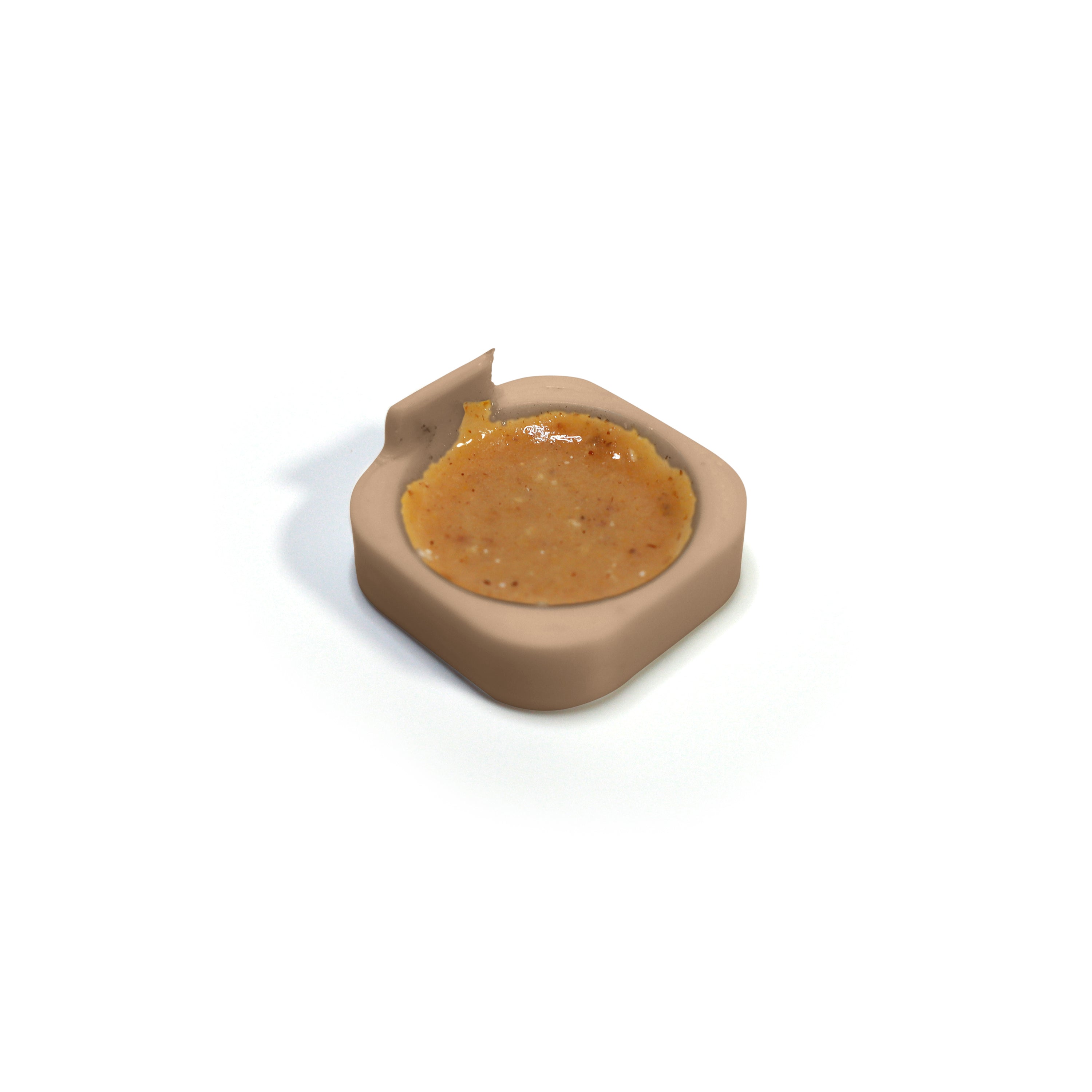
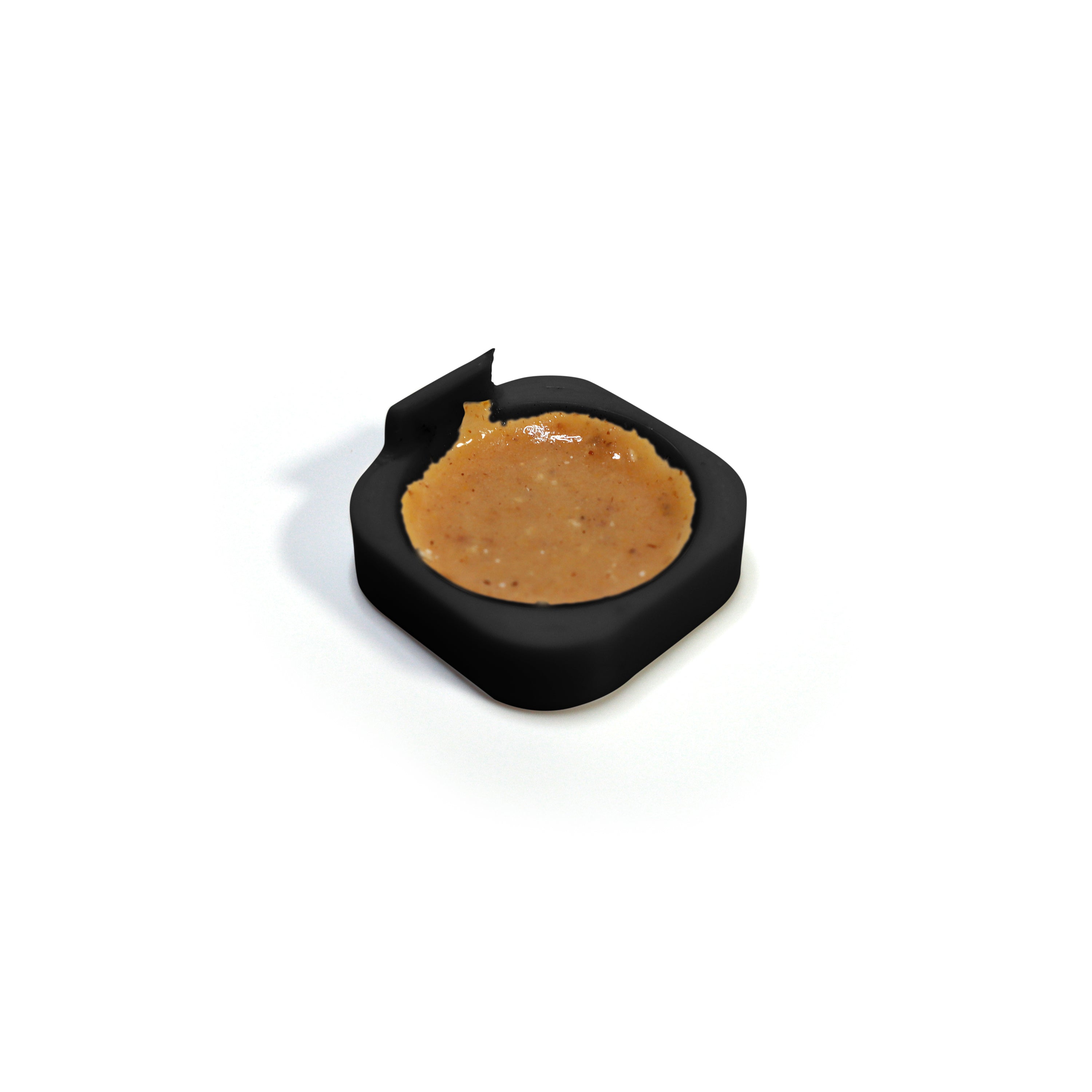
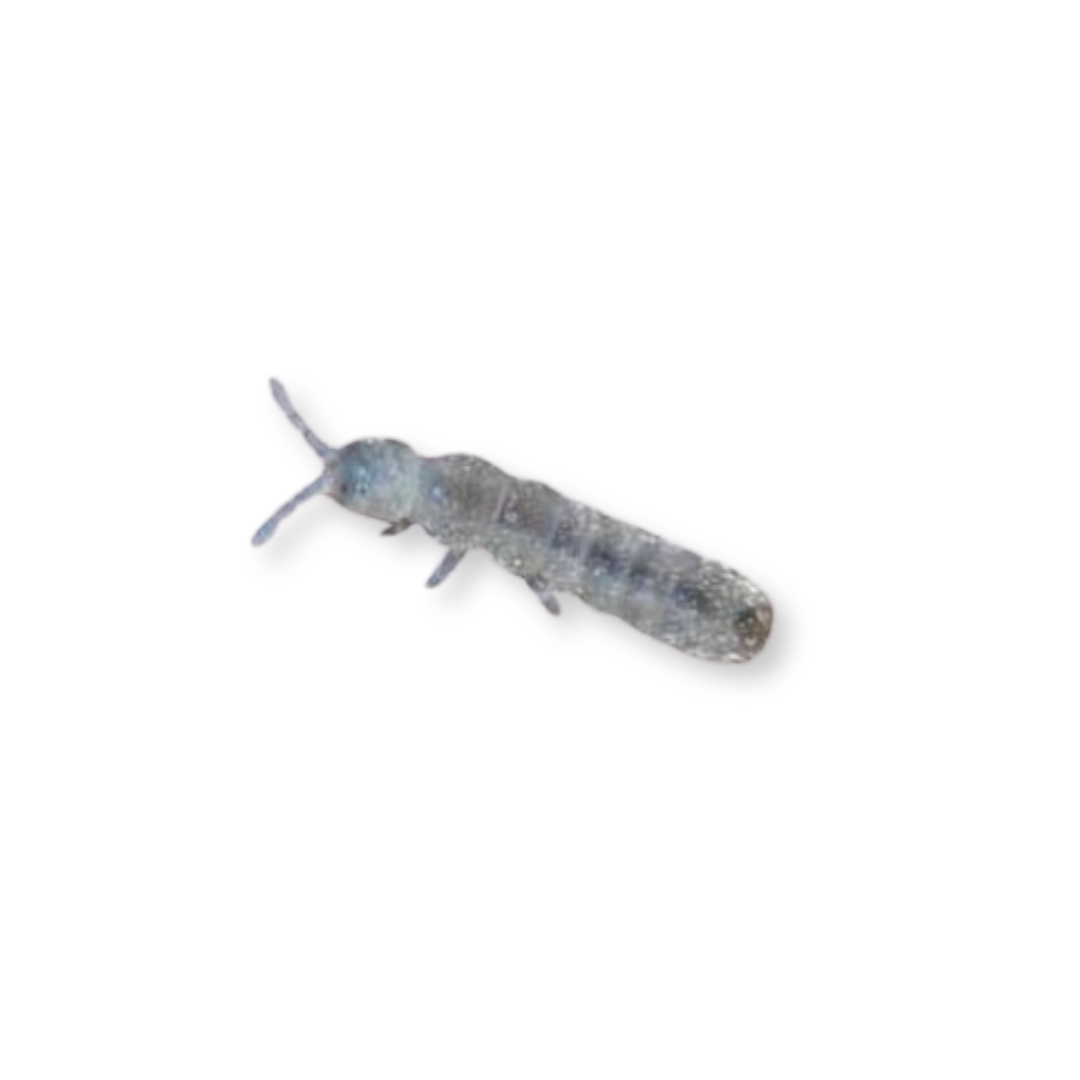
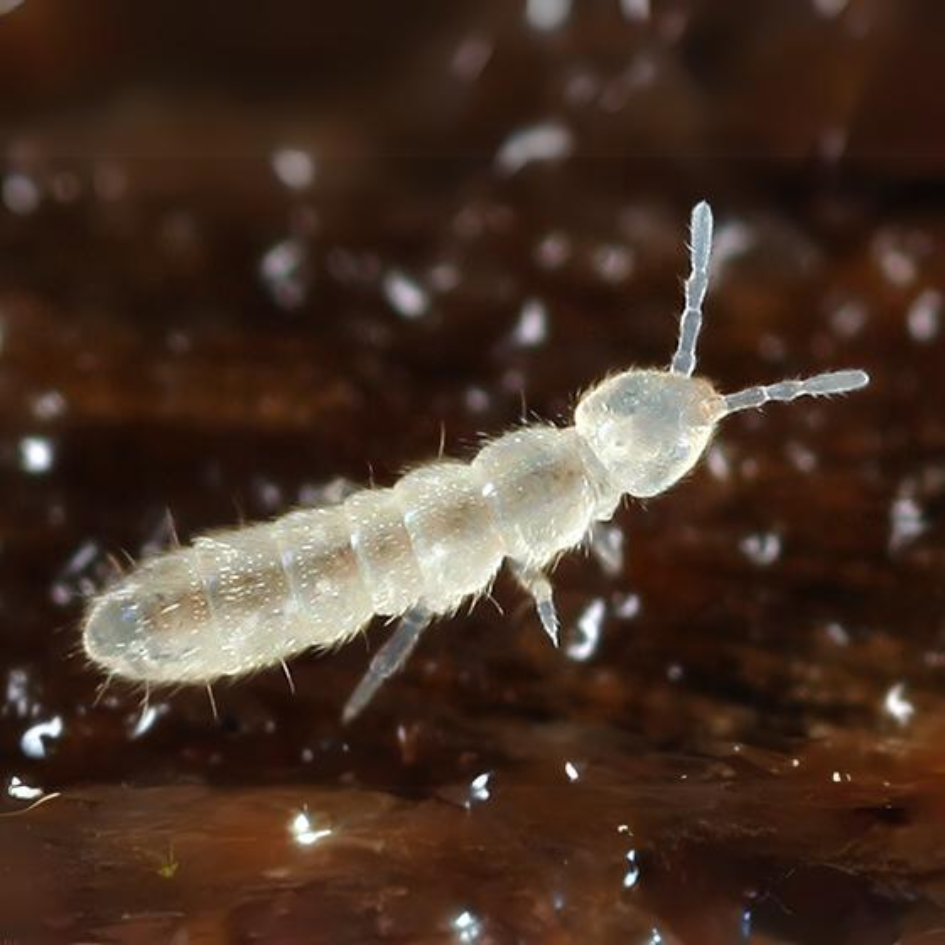


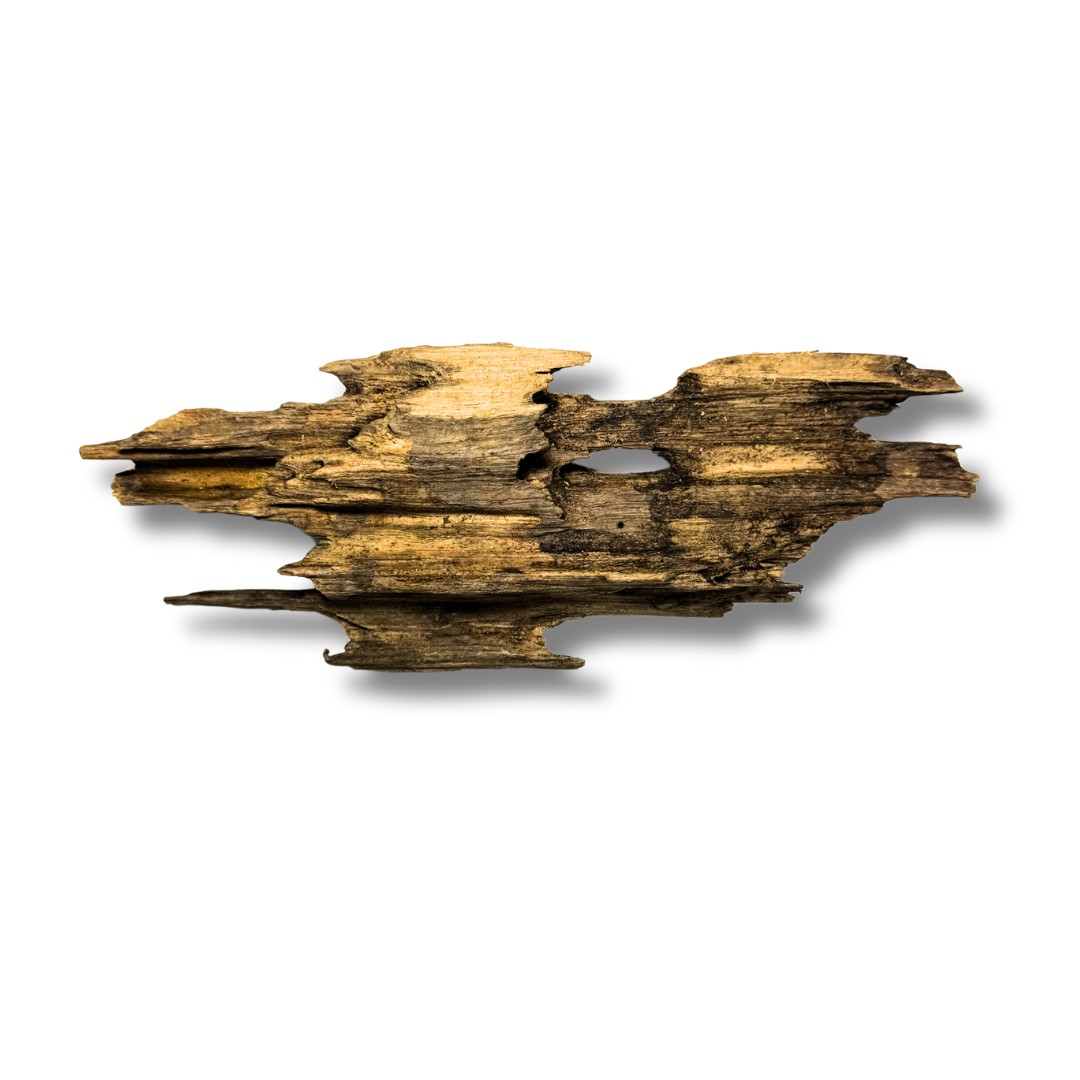

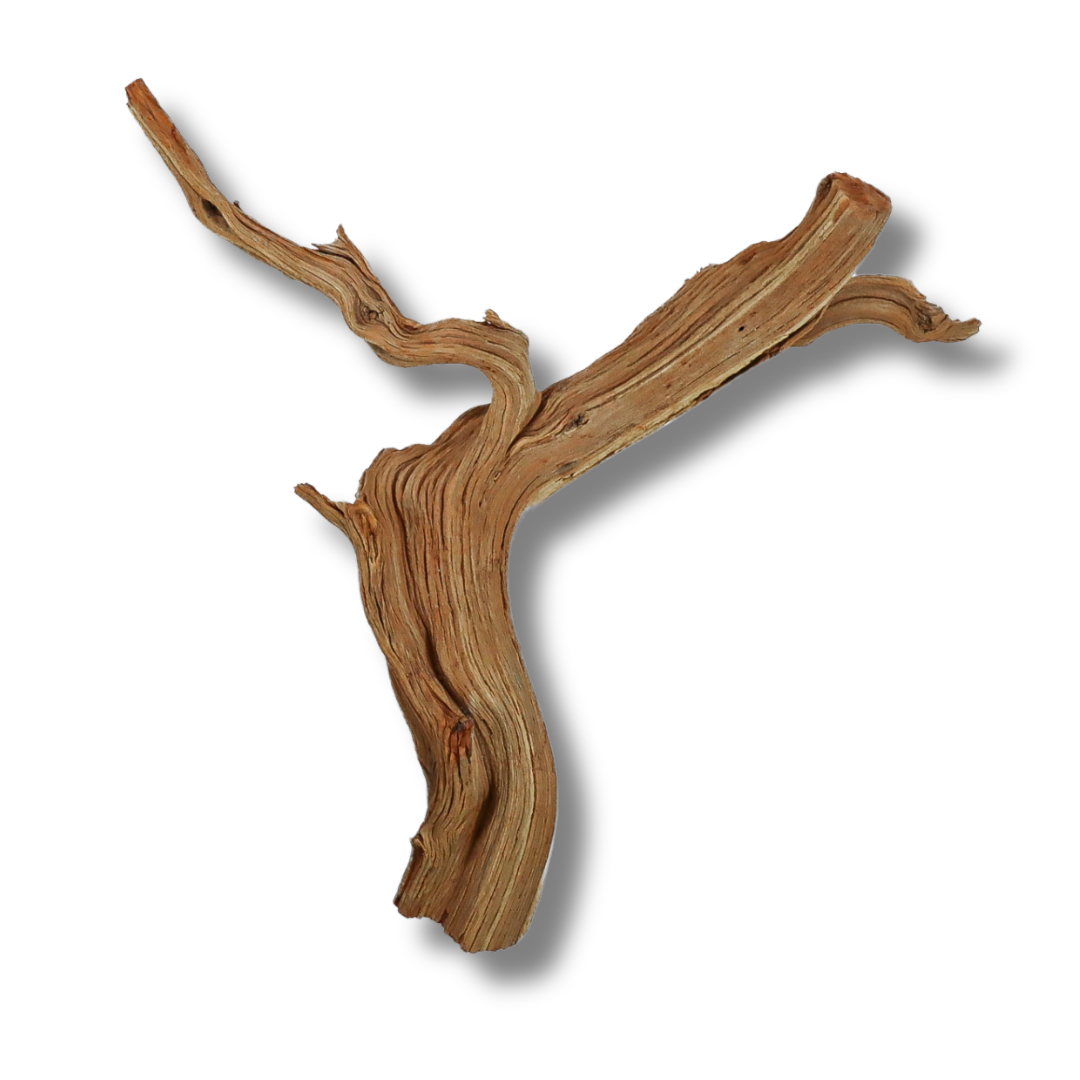

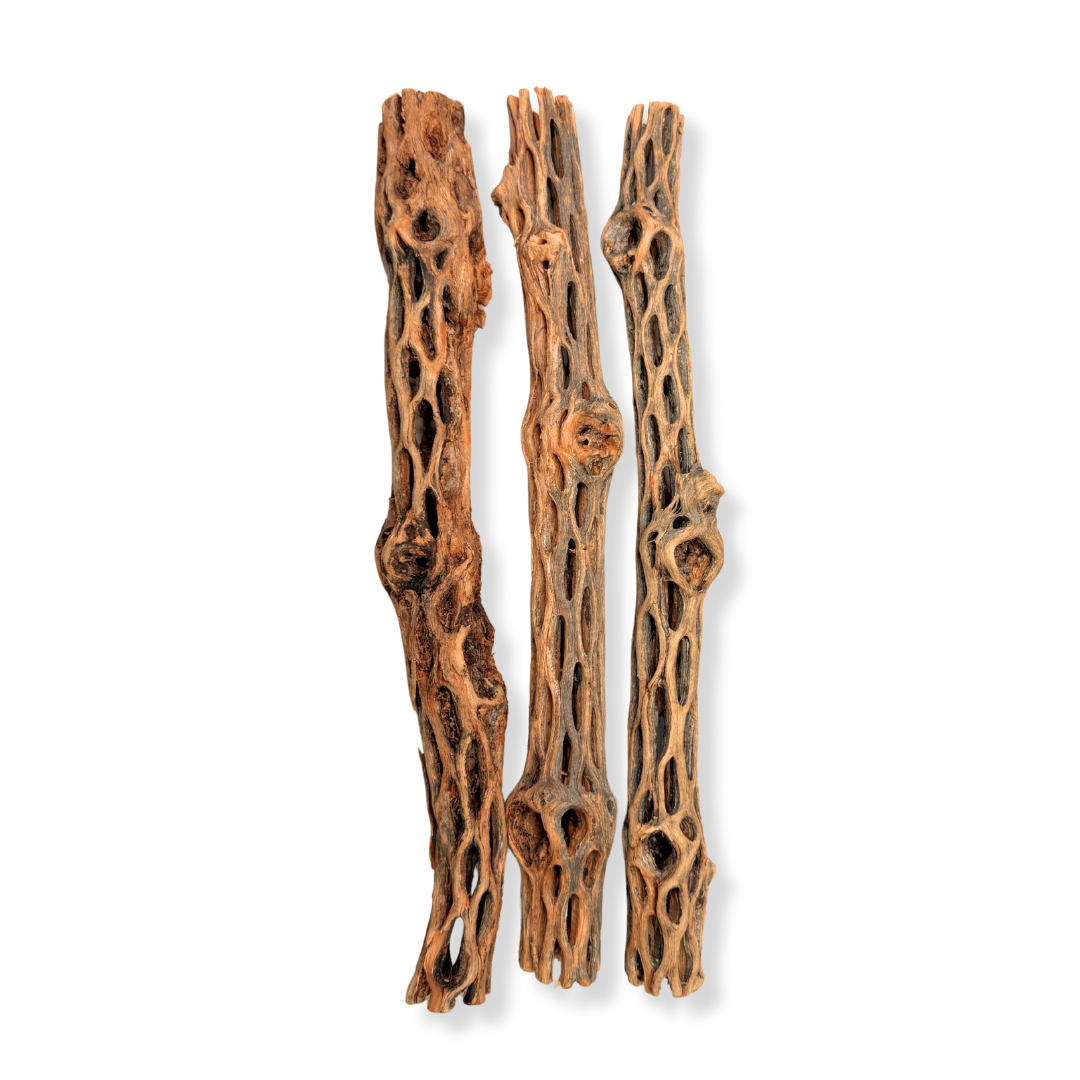

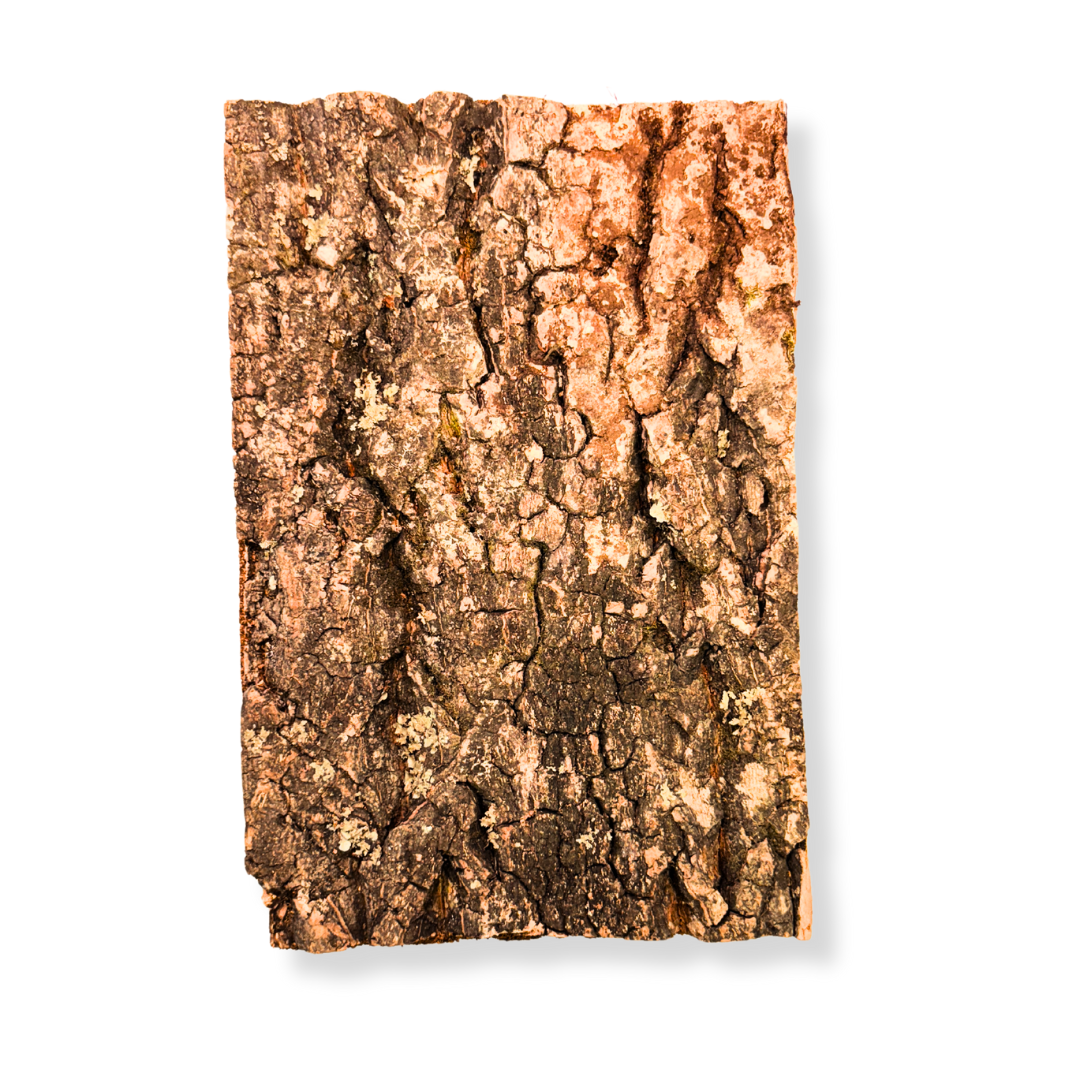
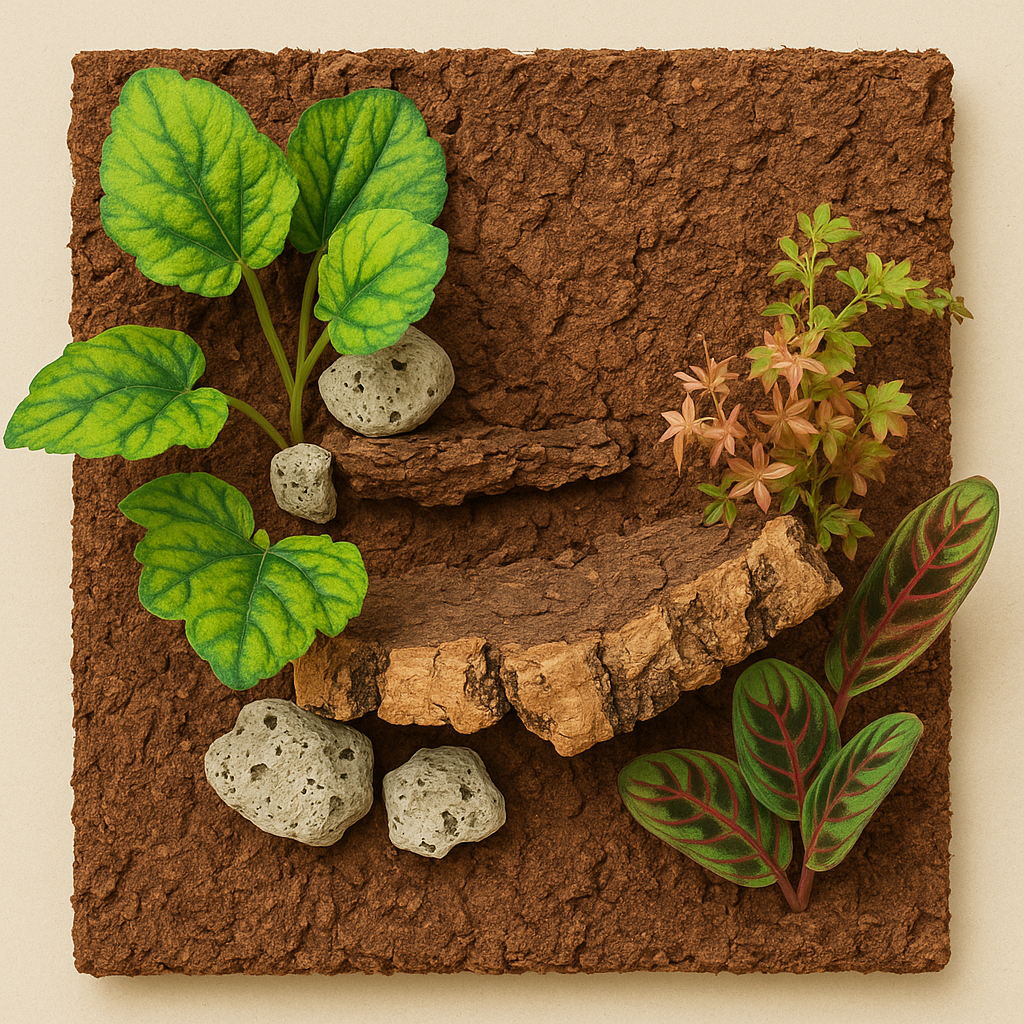
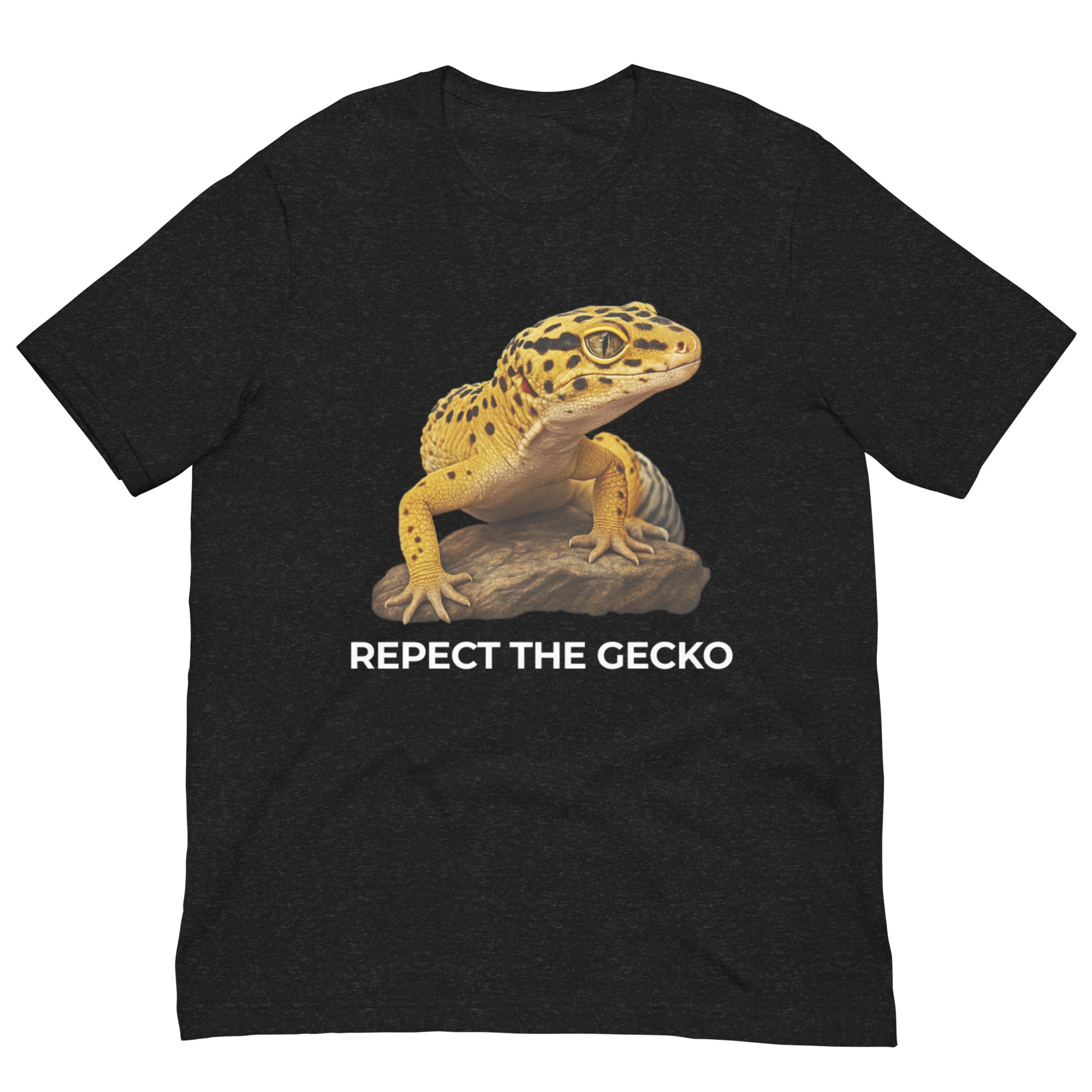
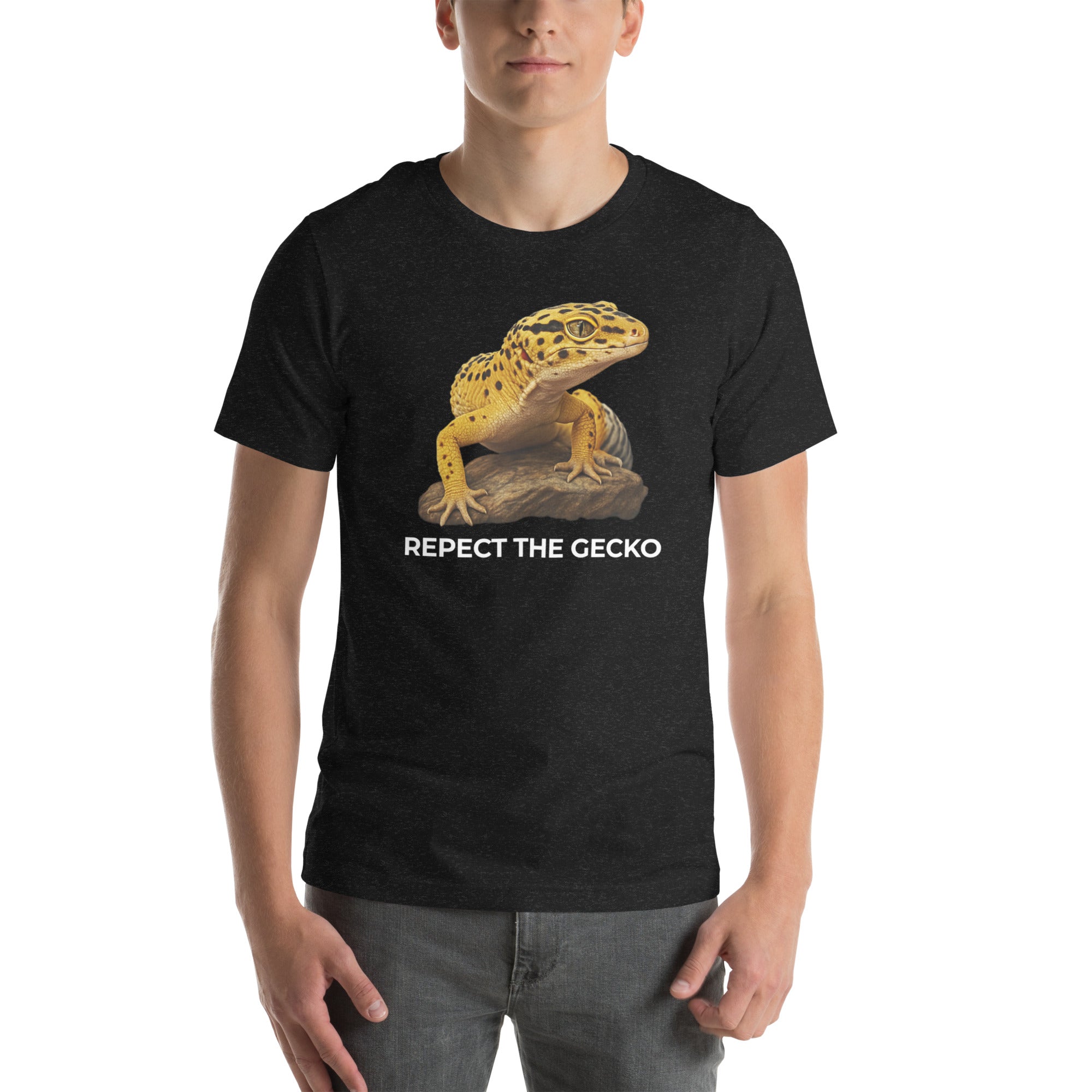

Leave a comment